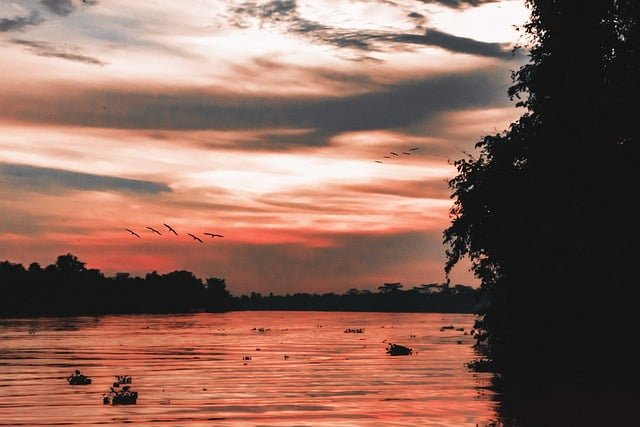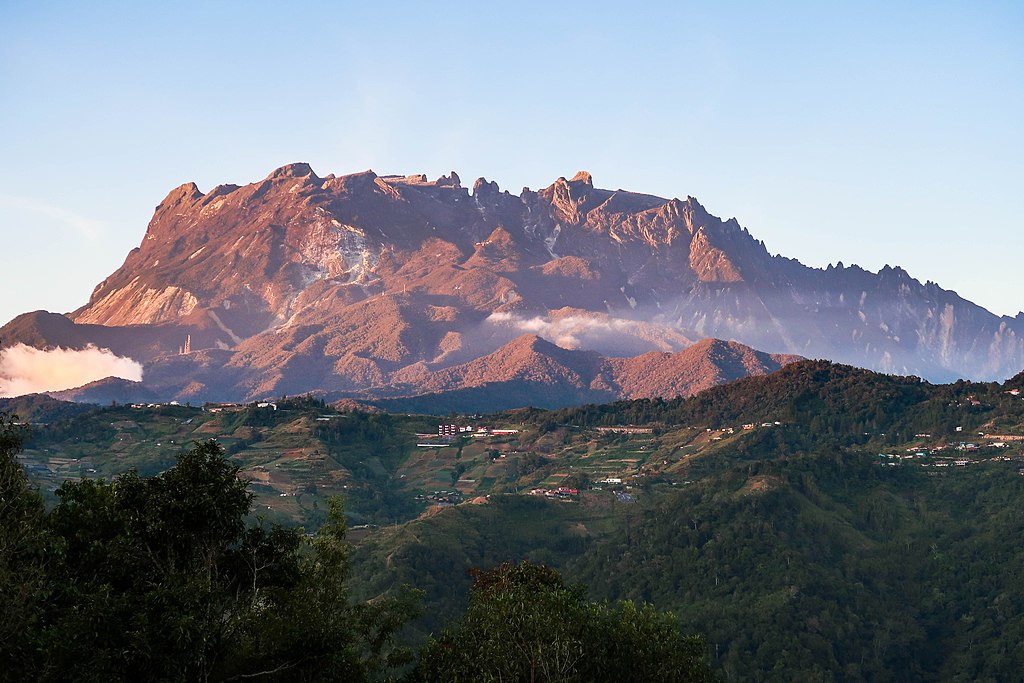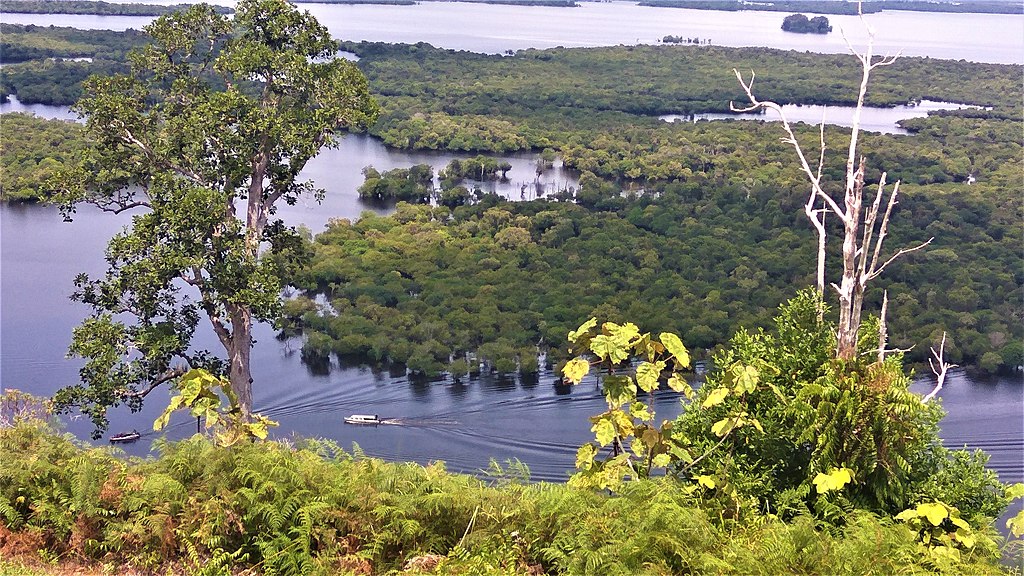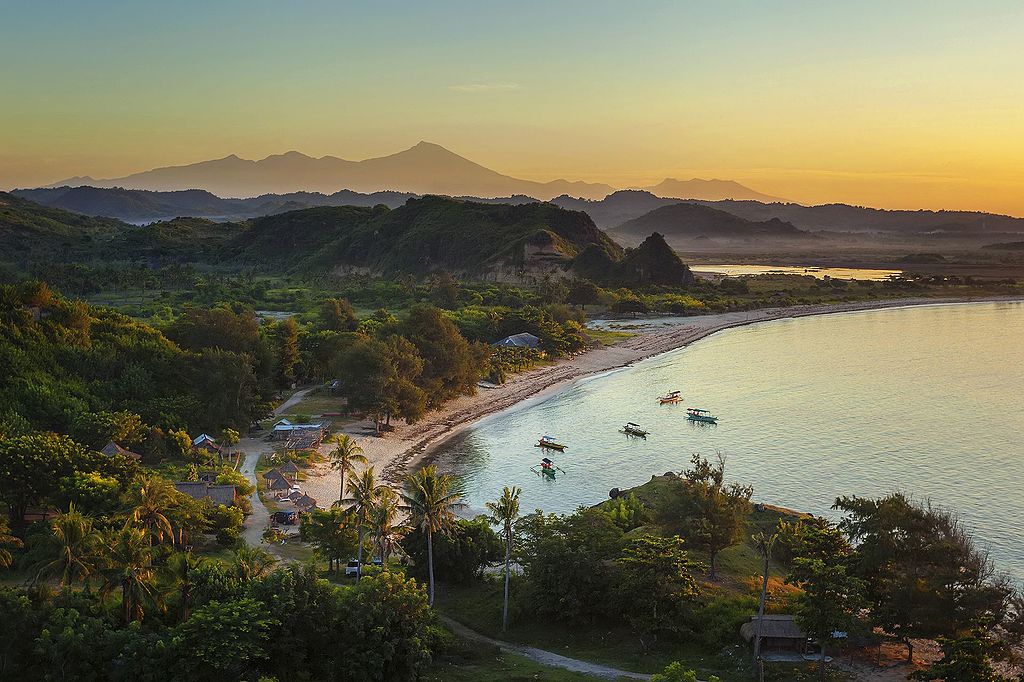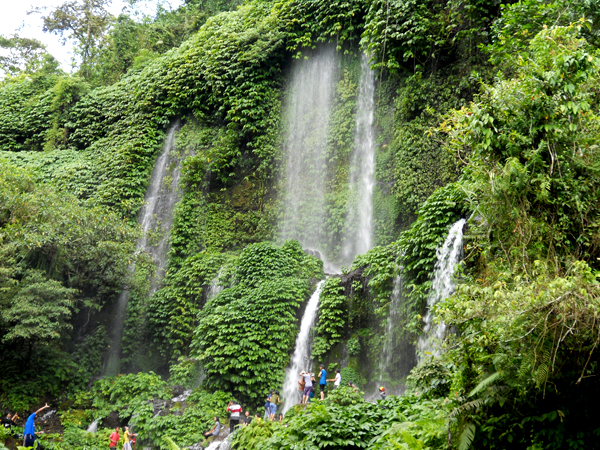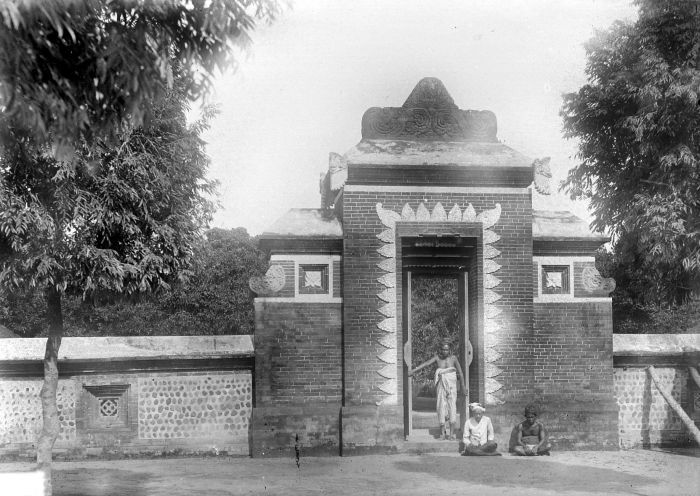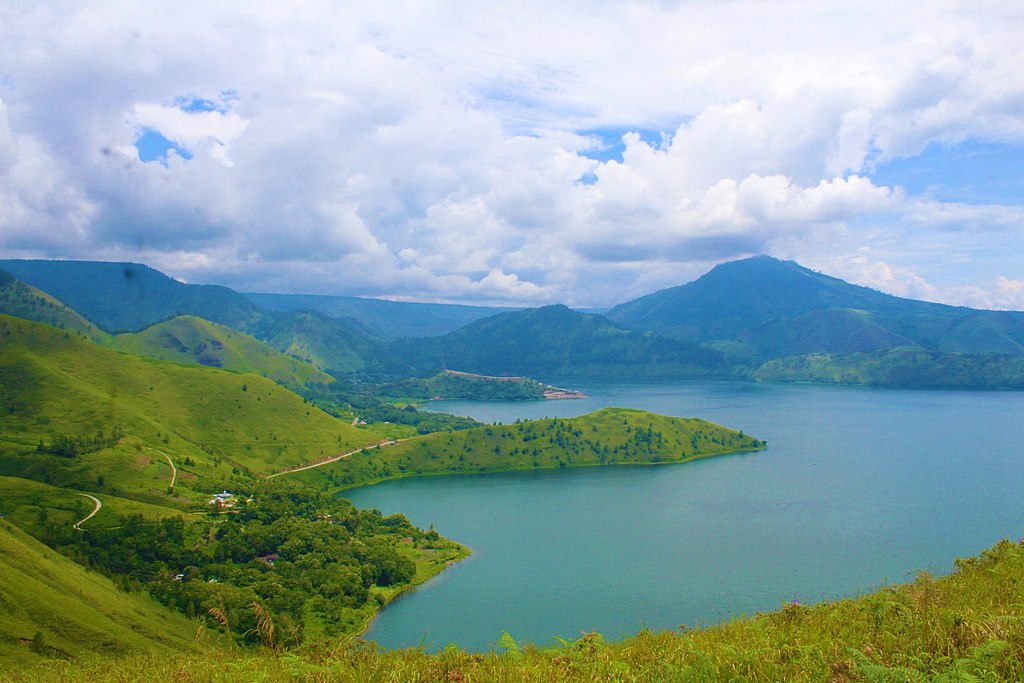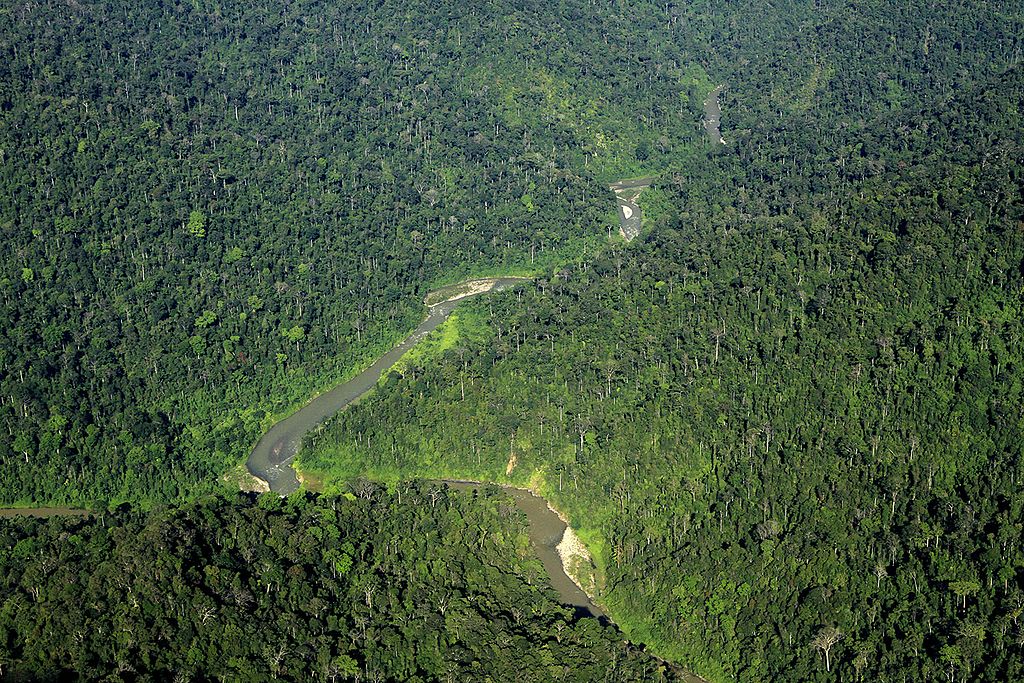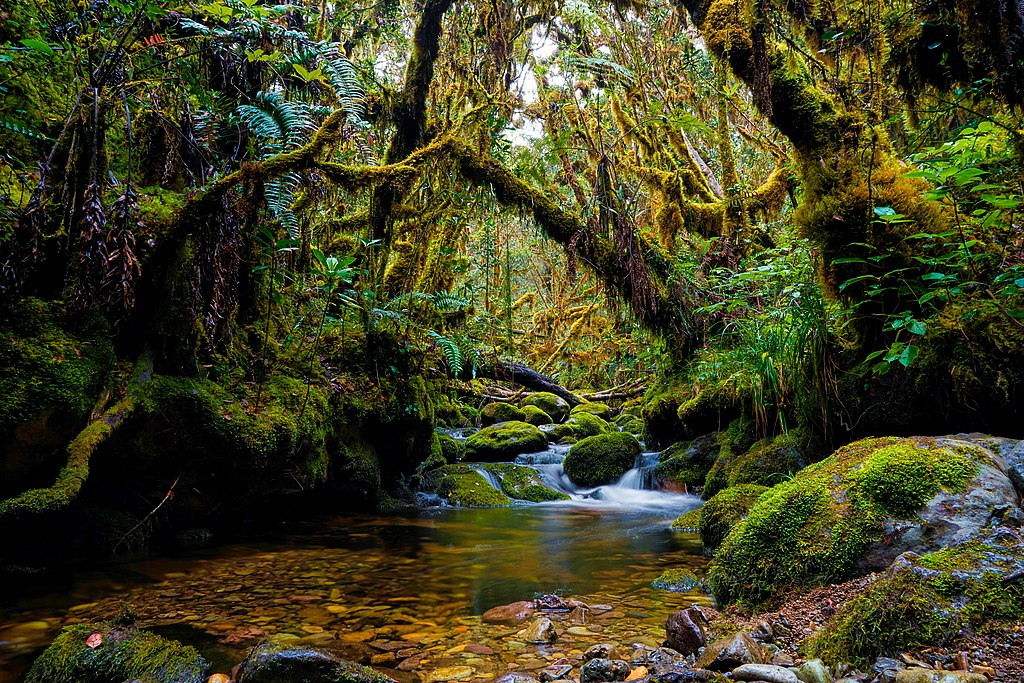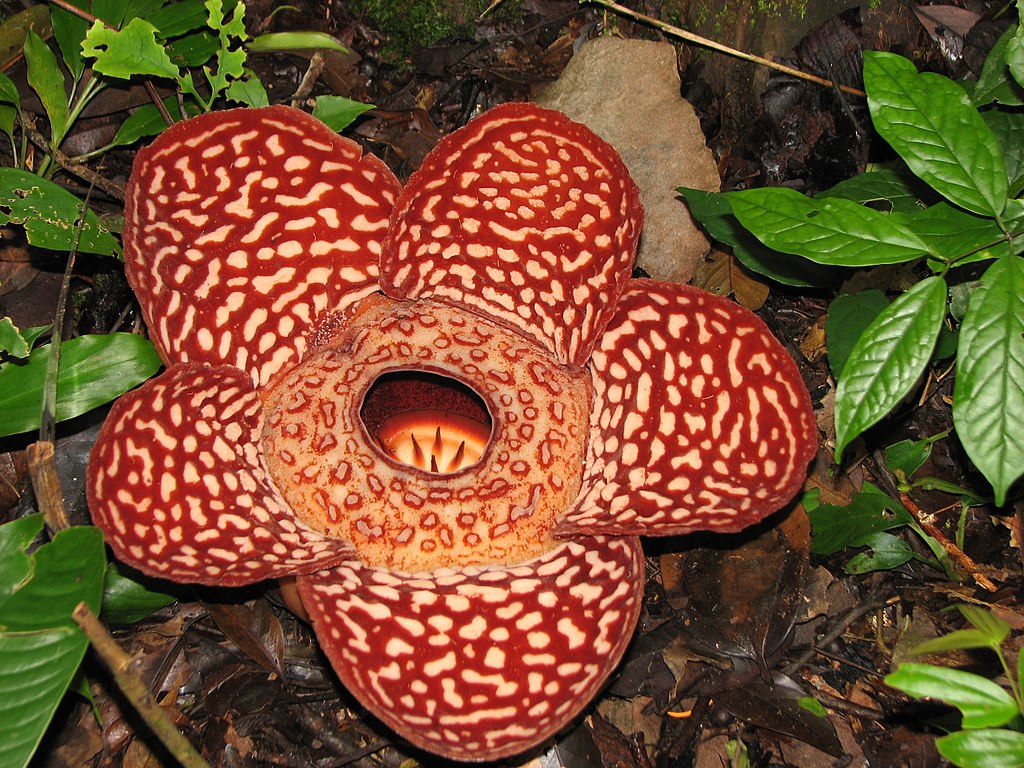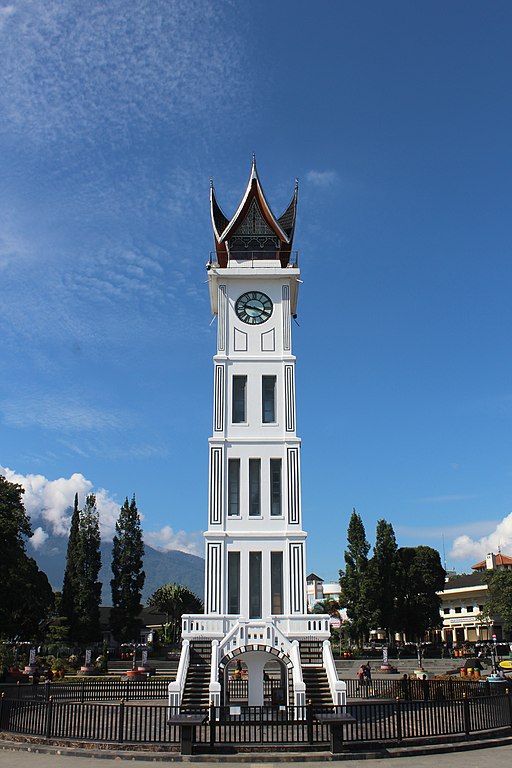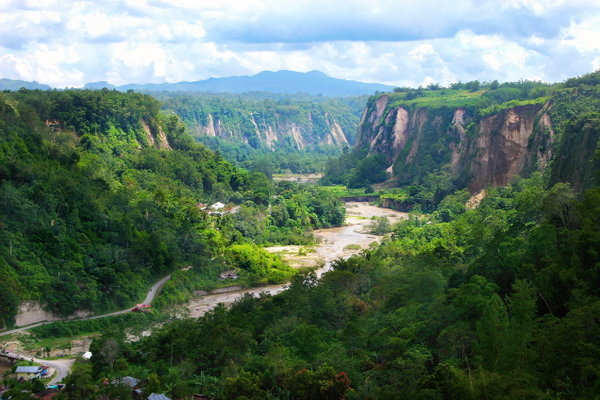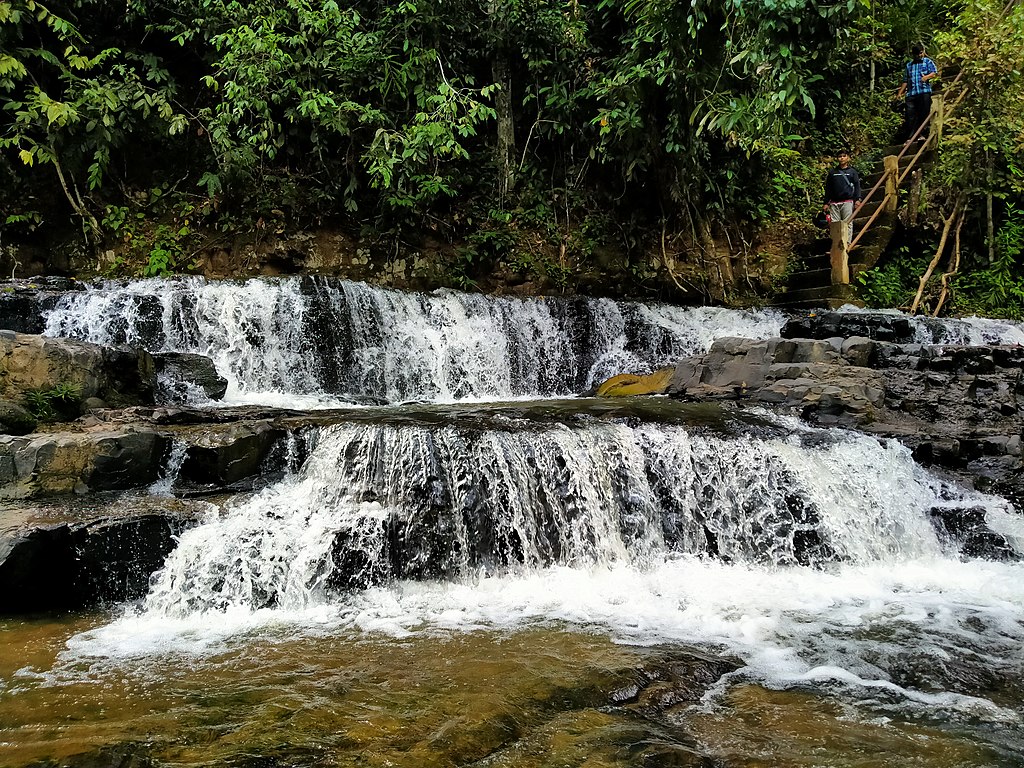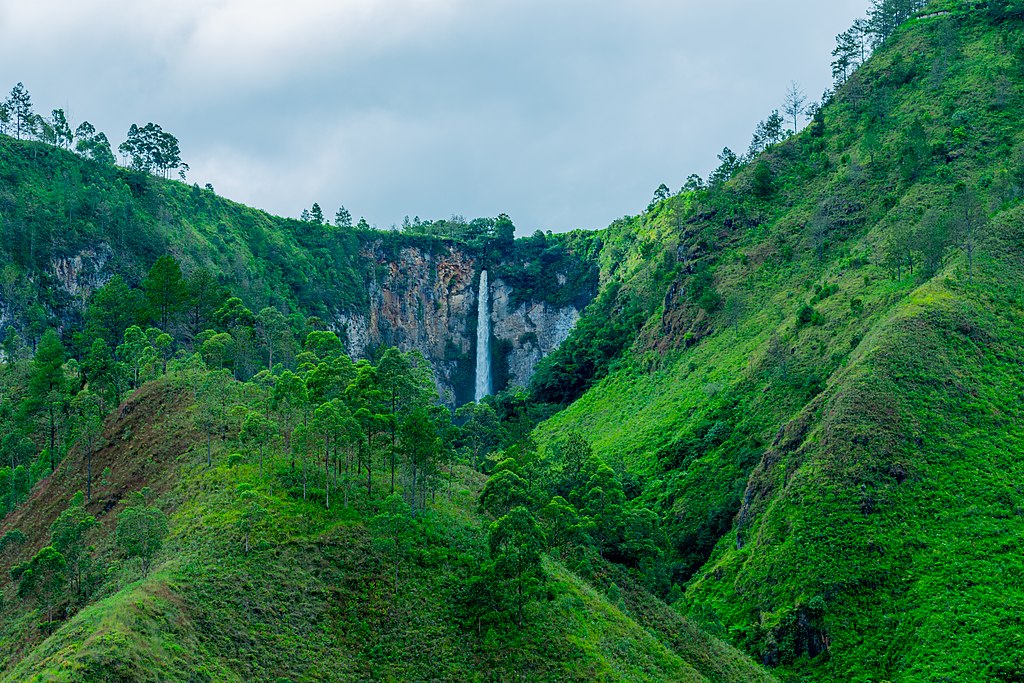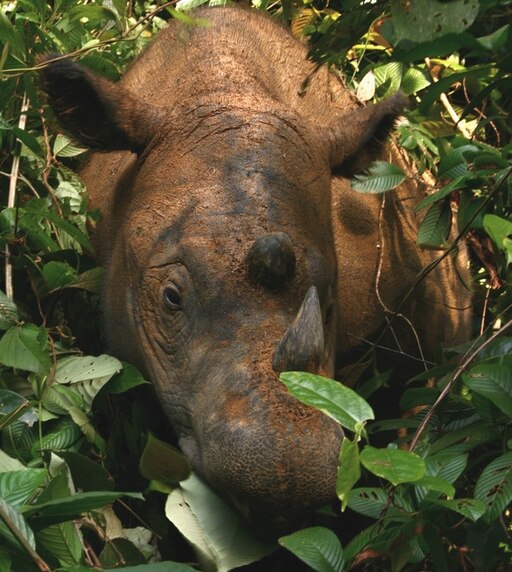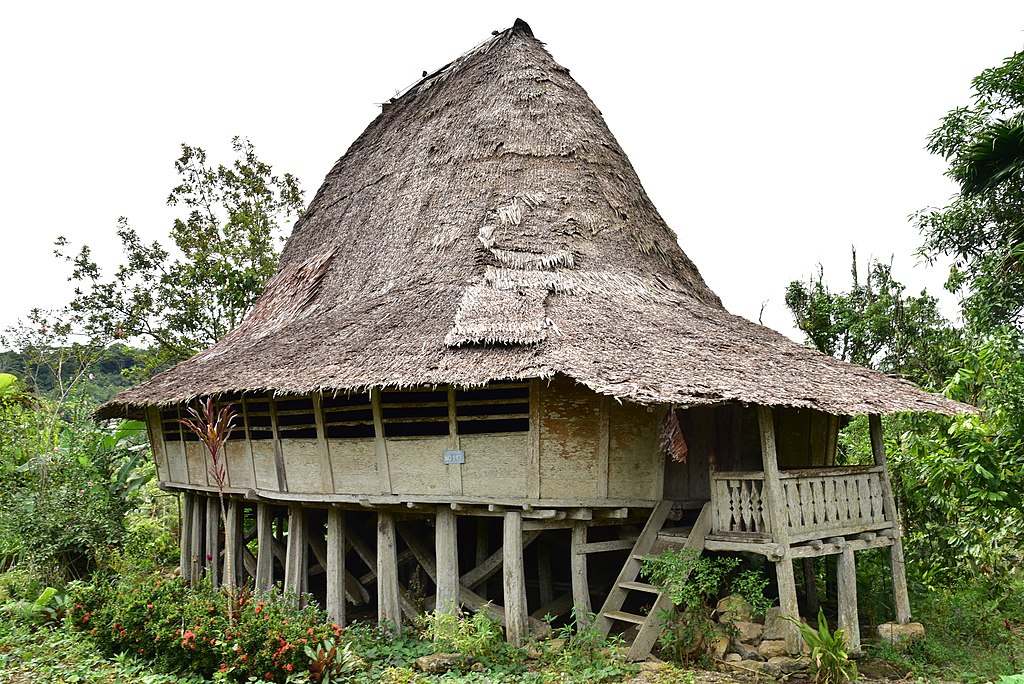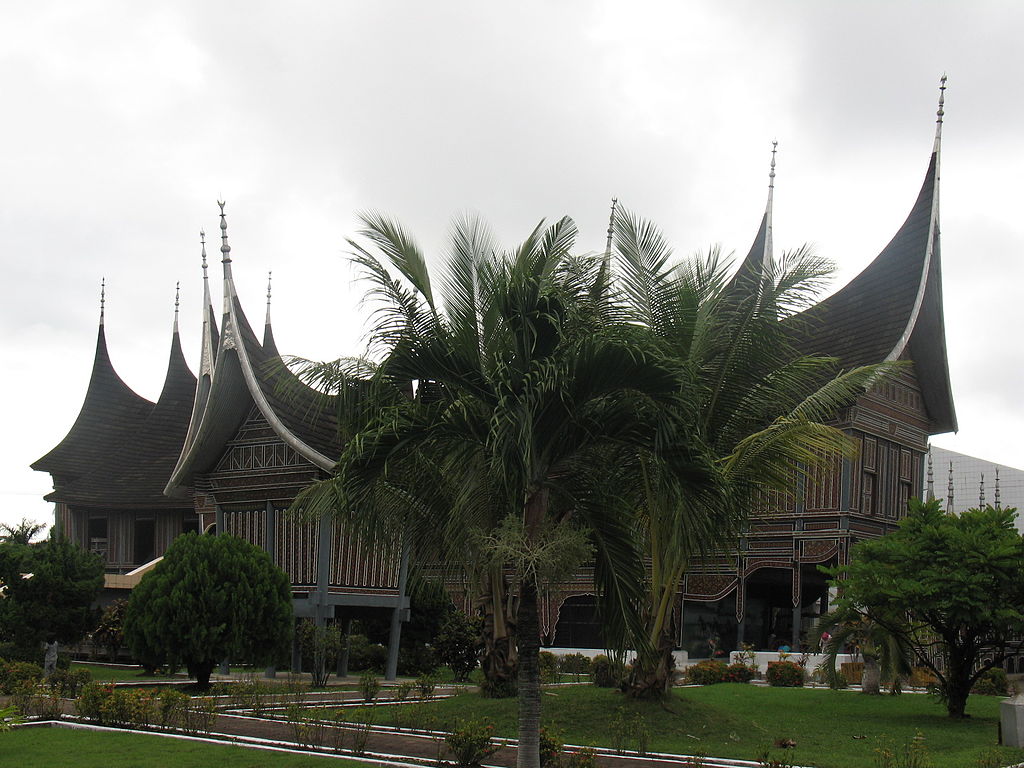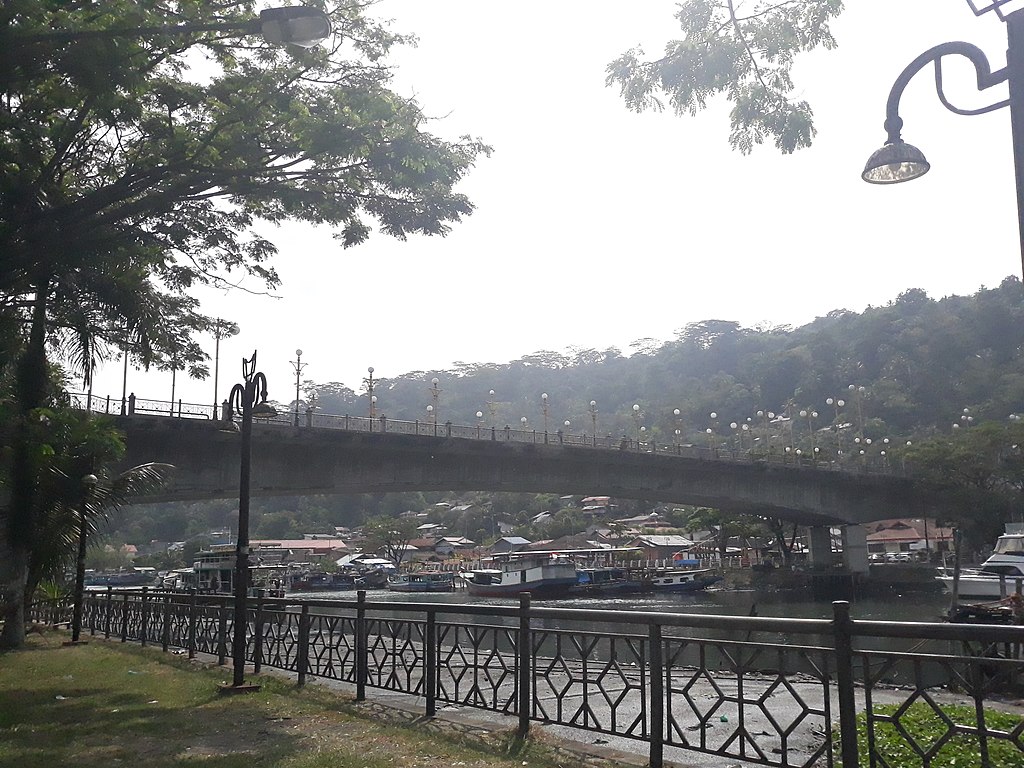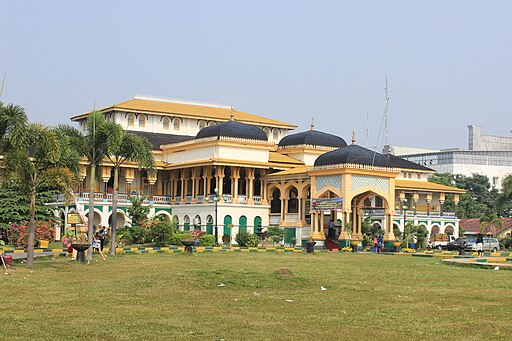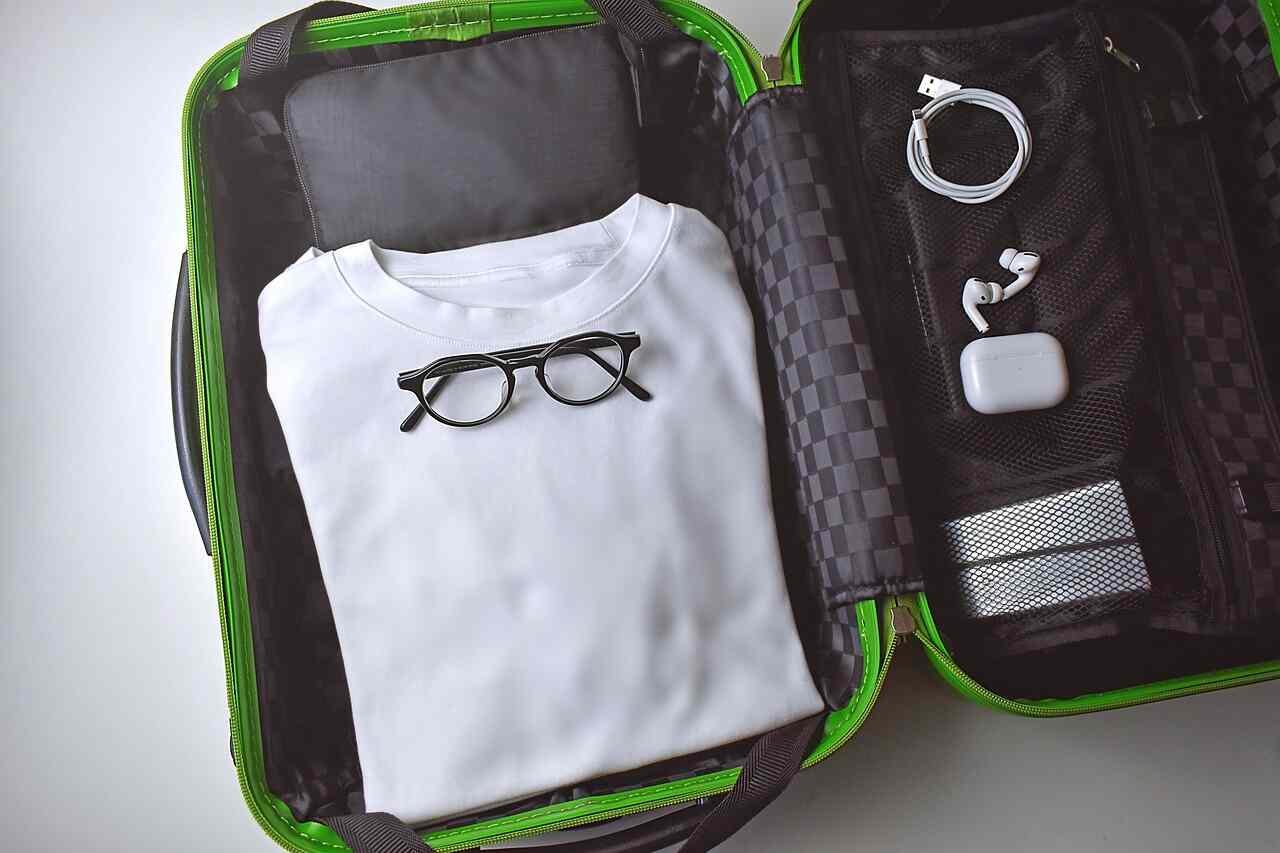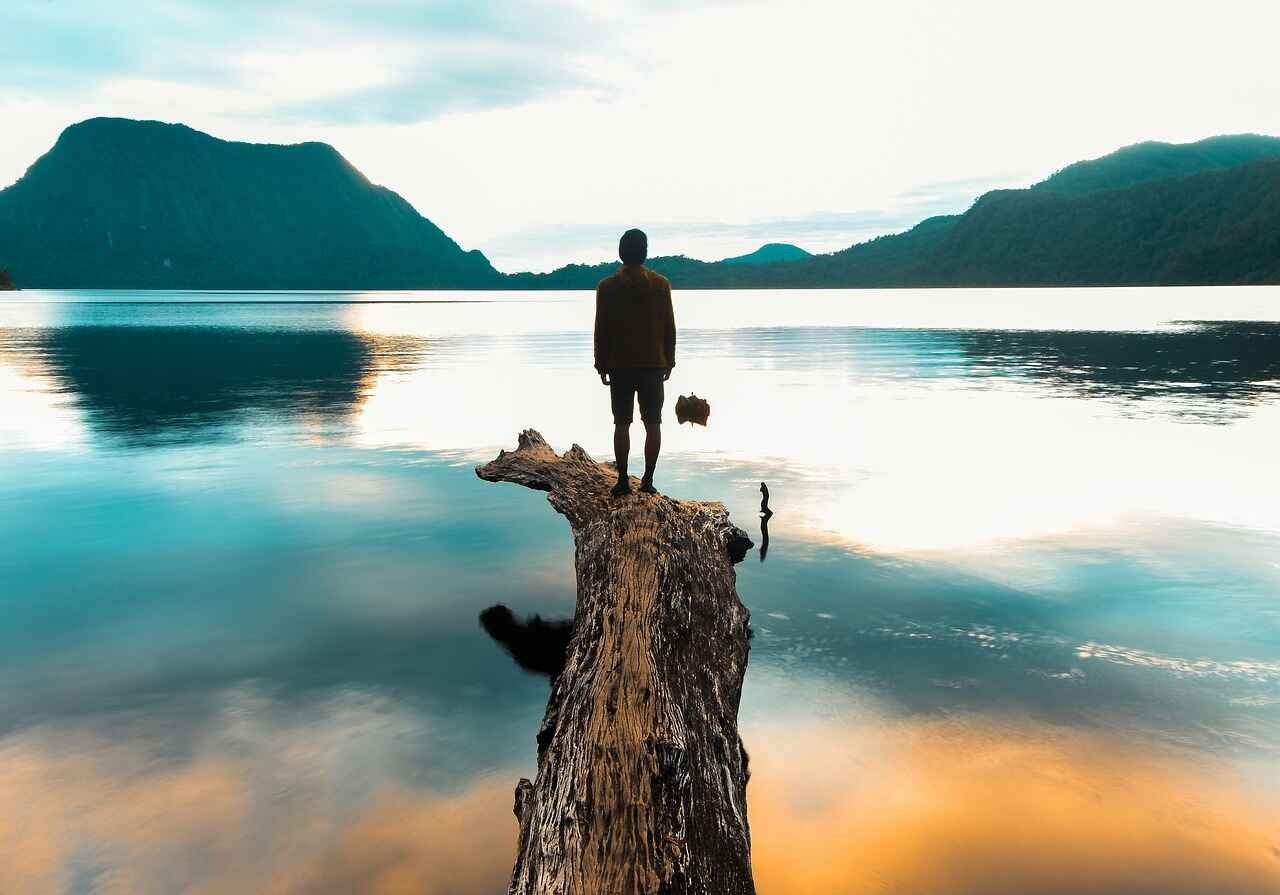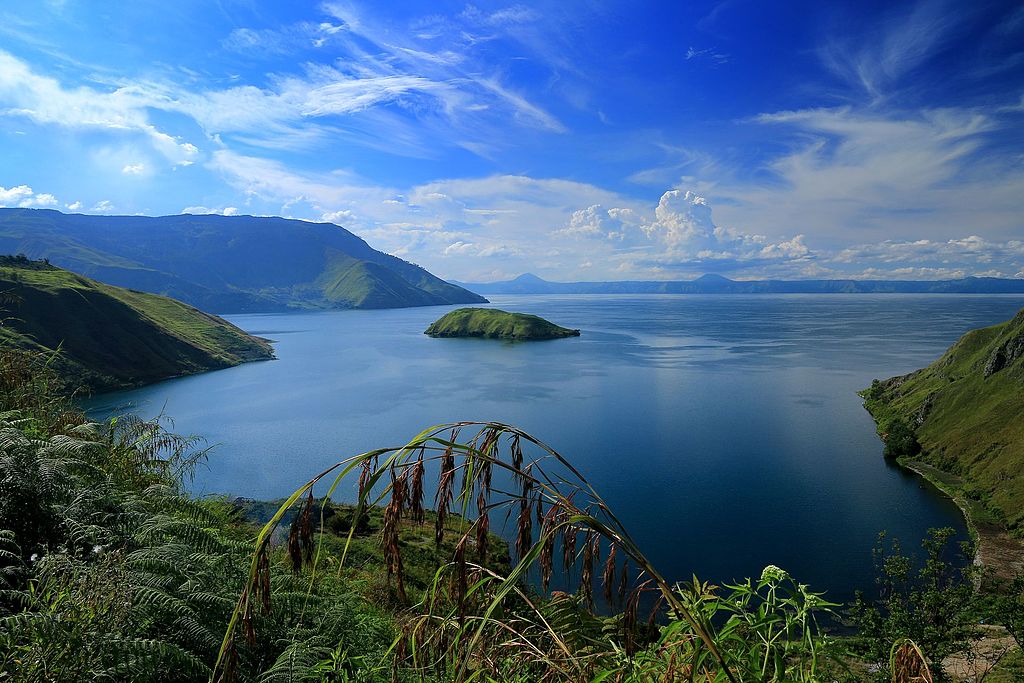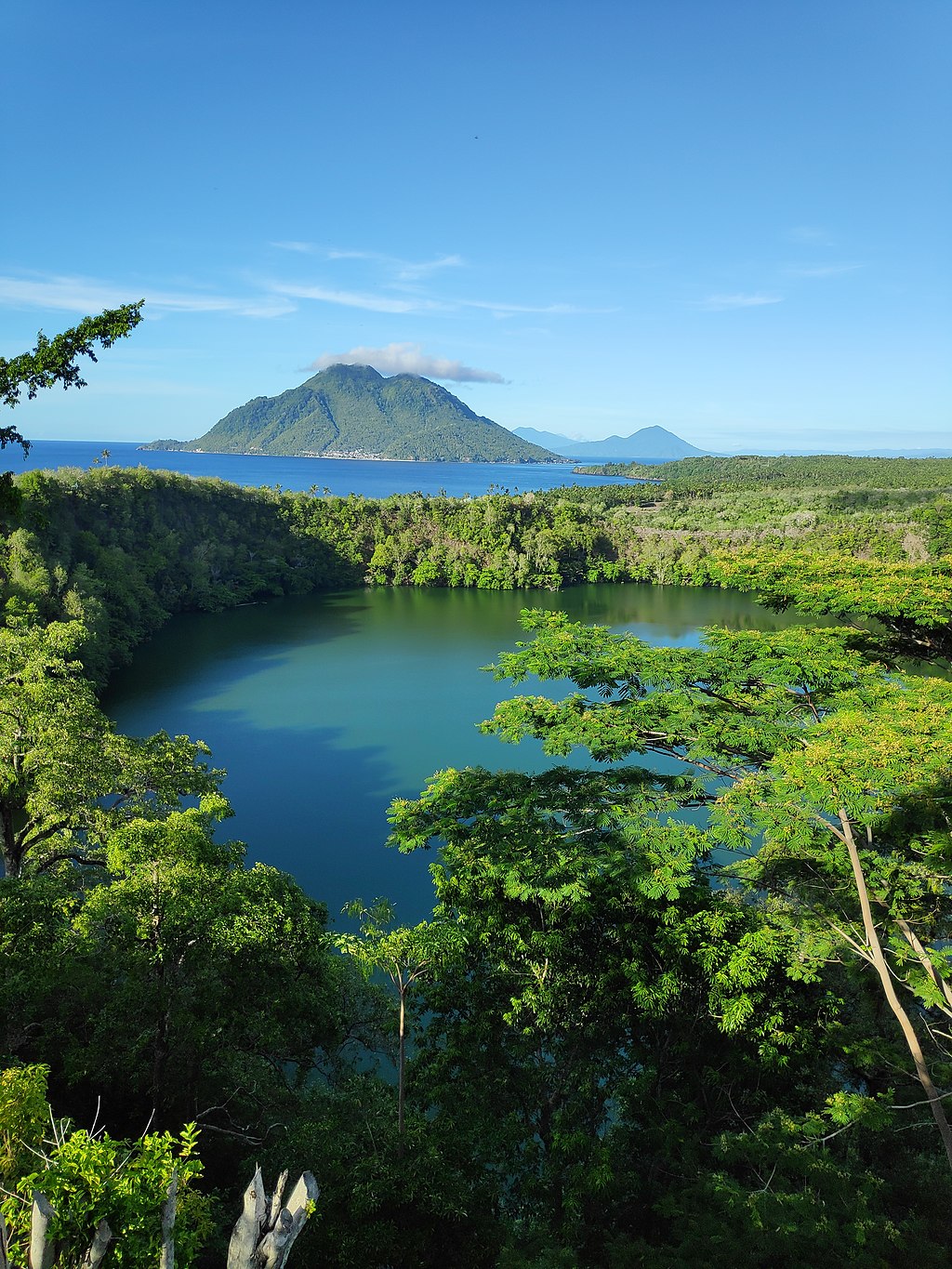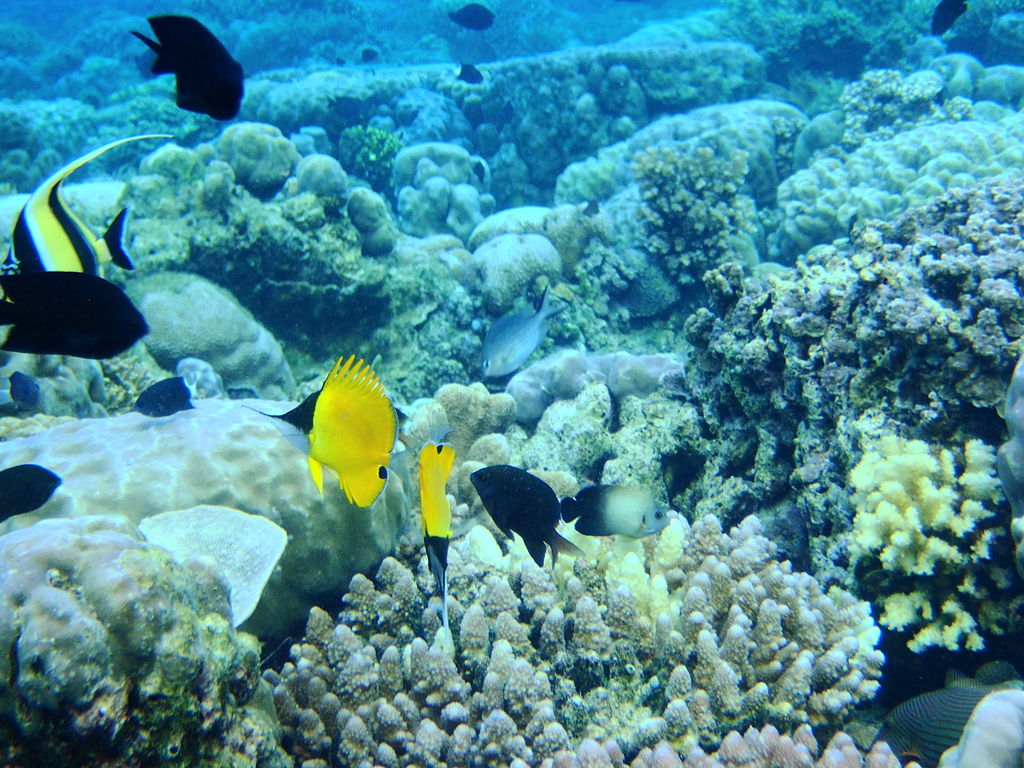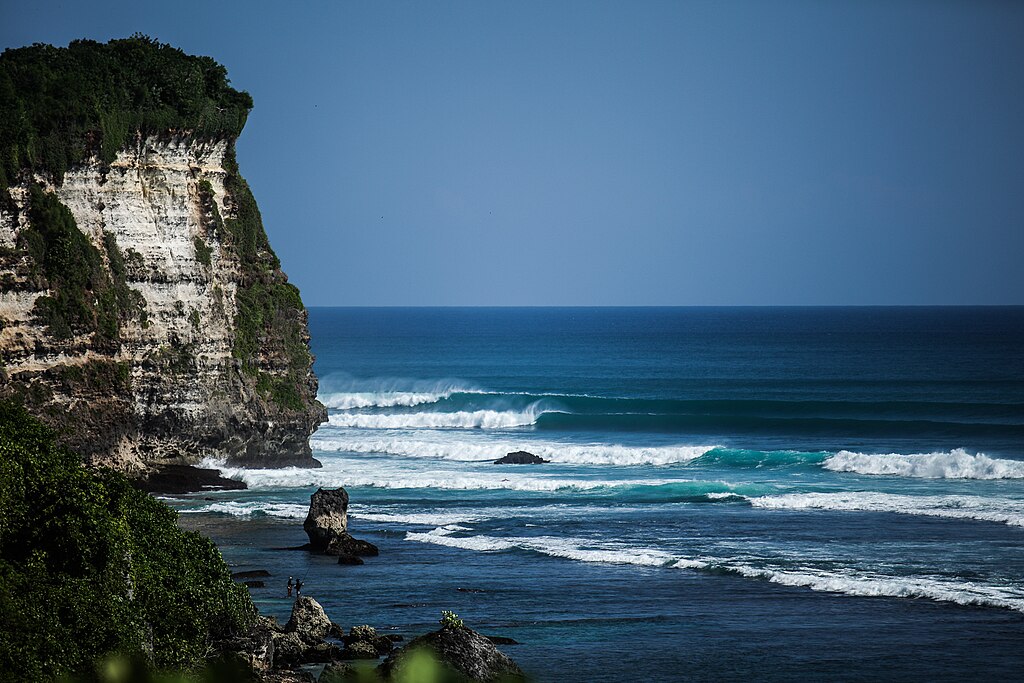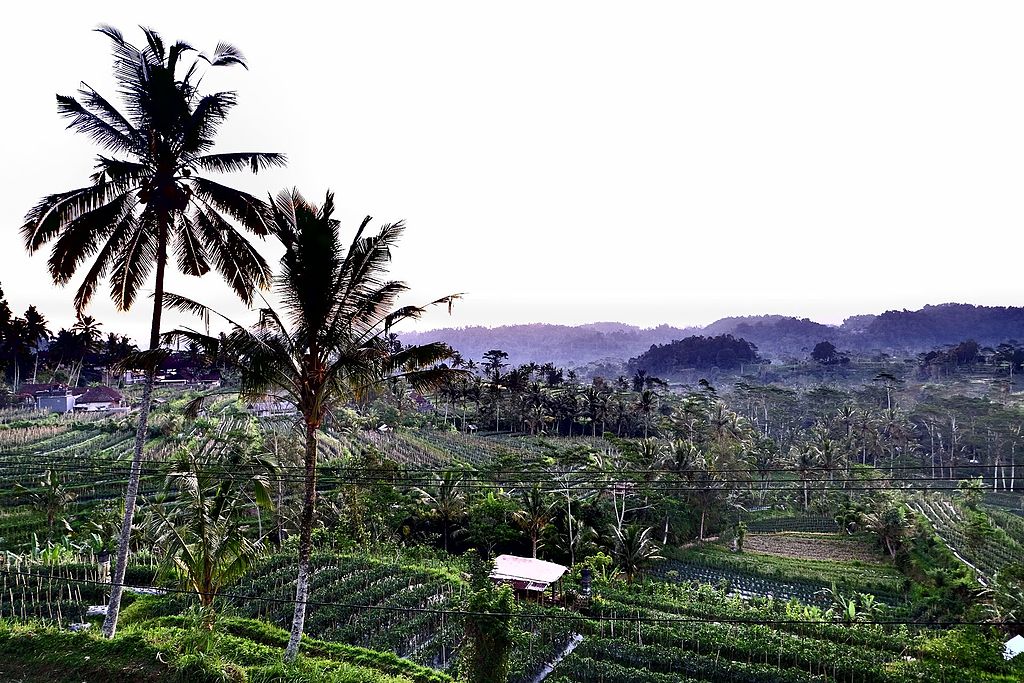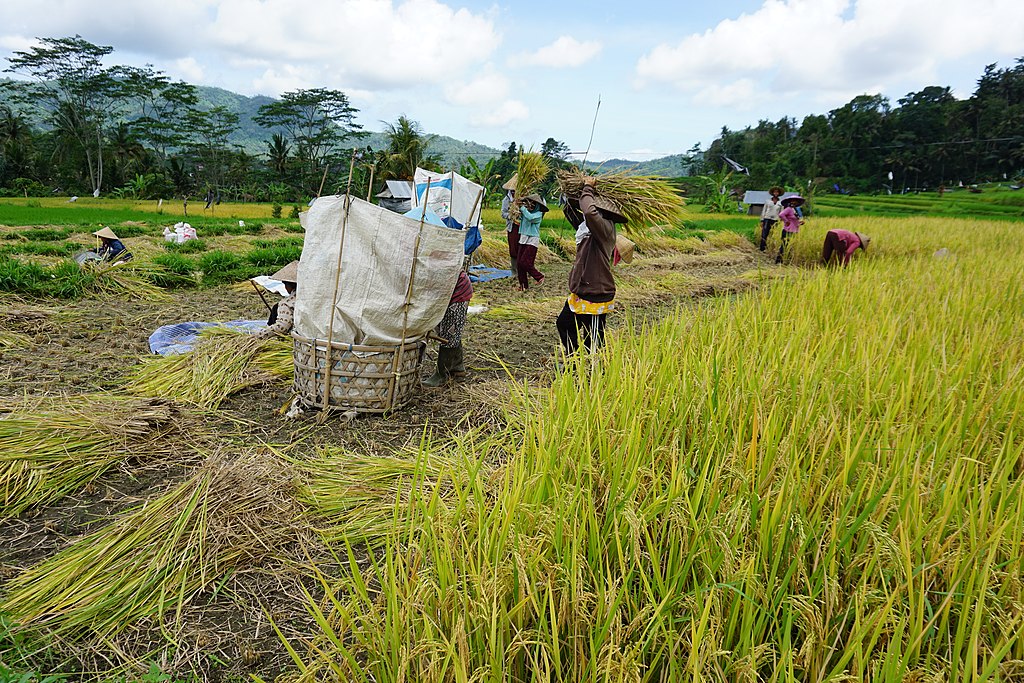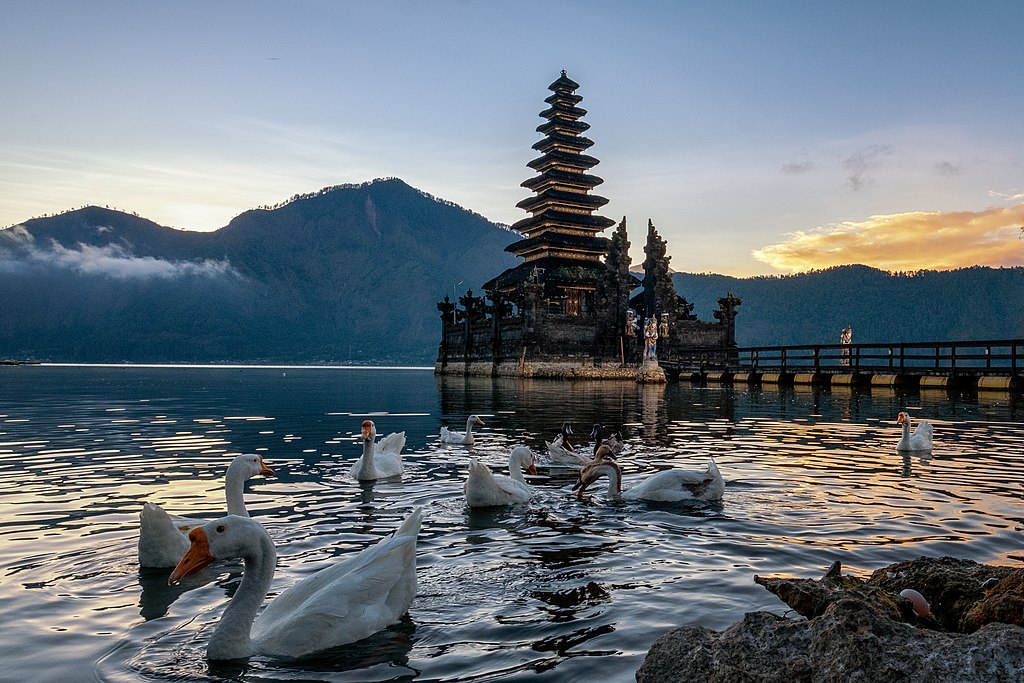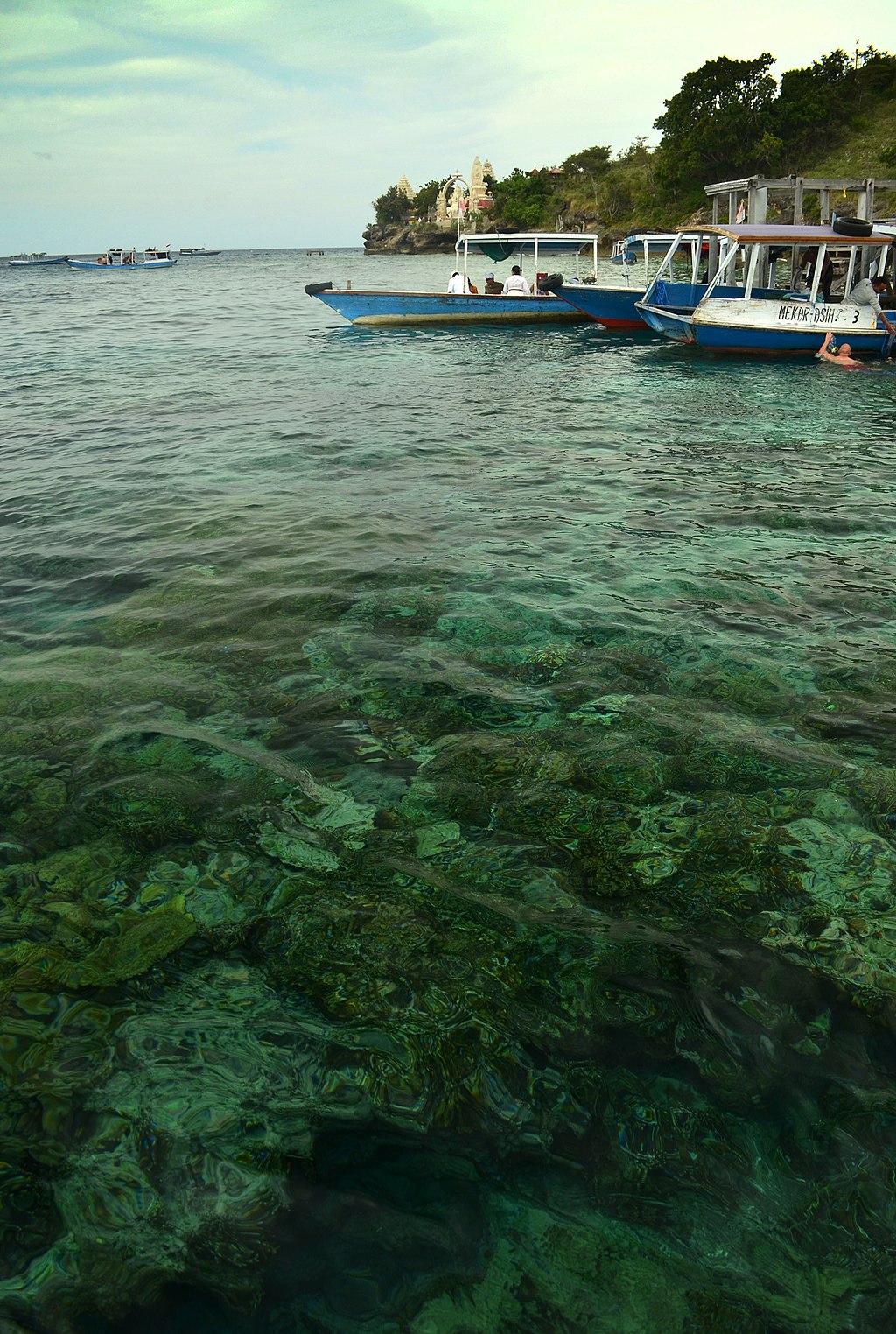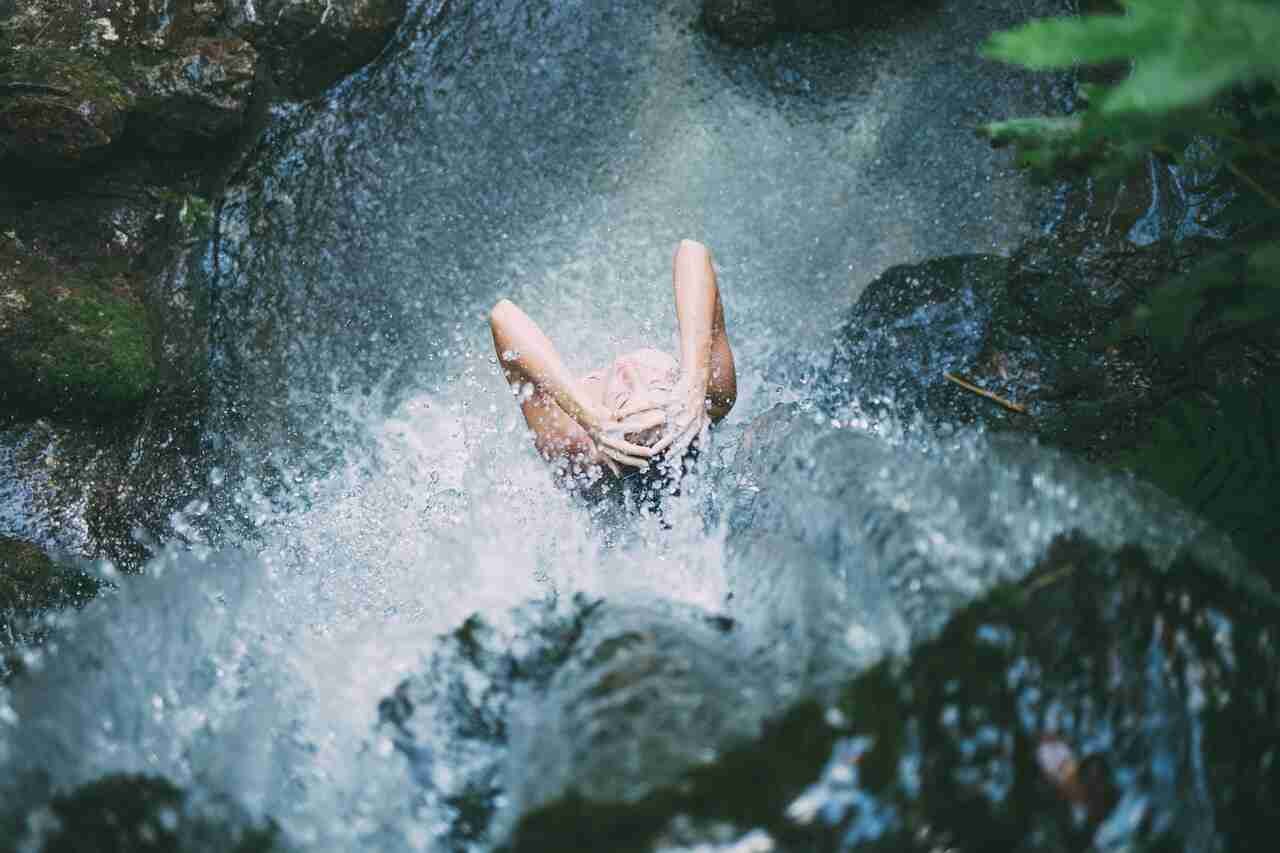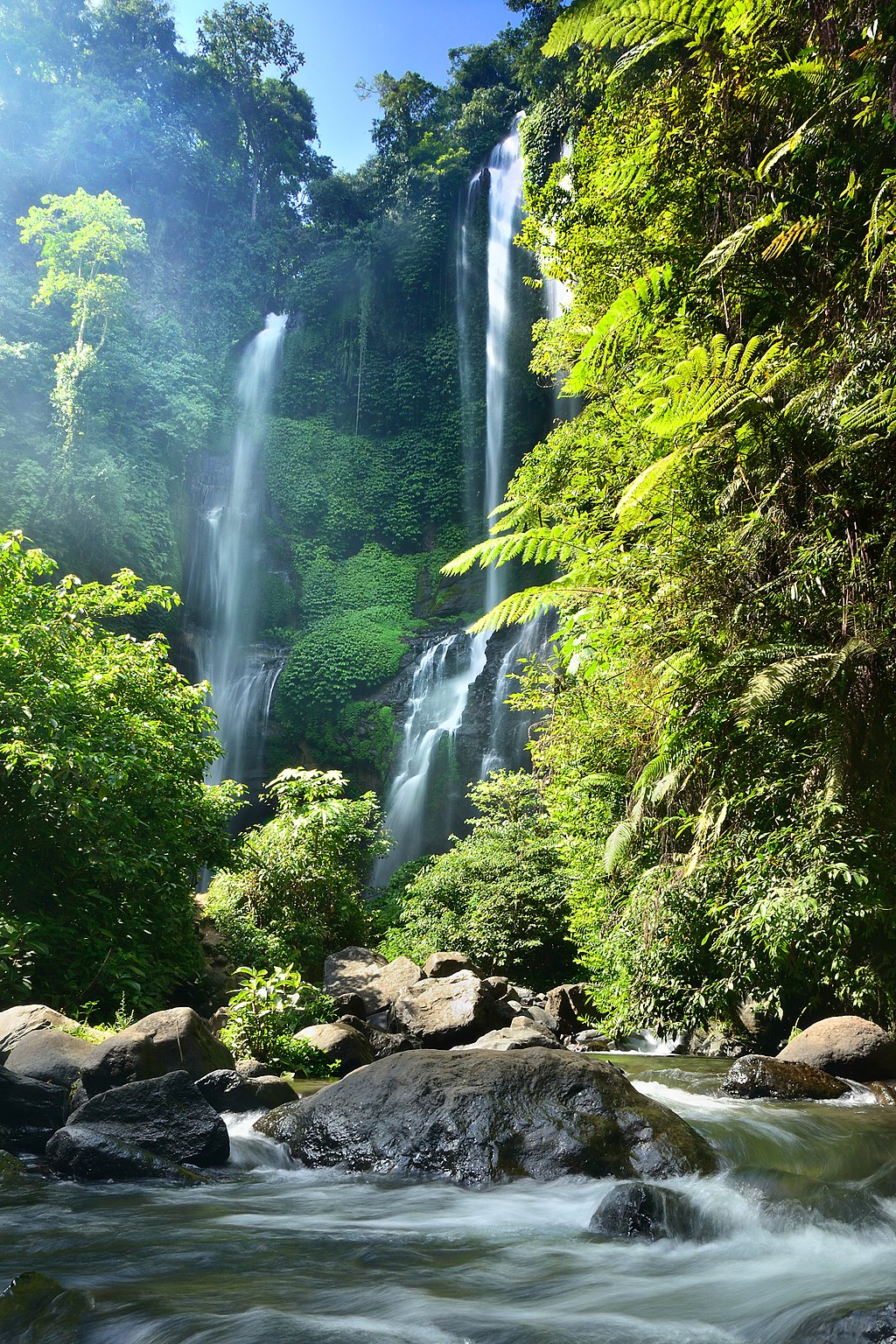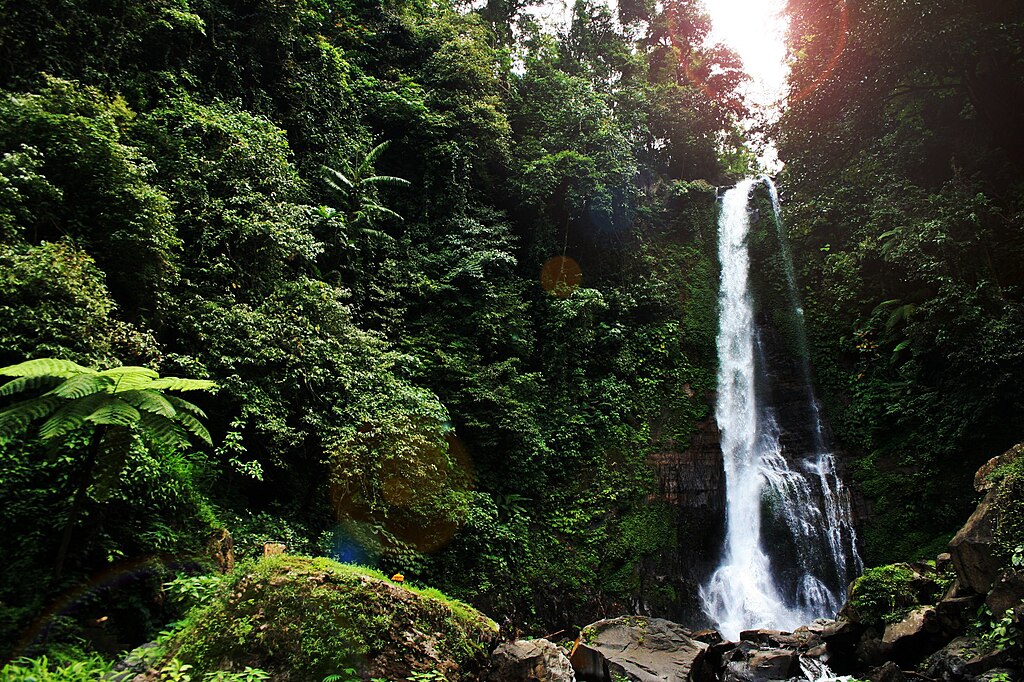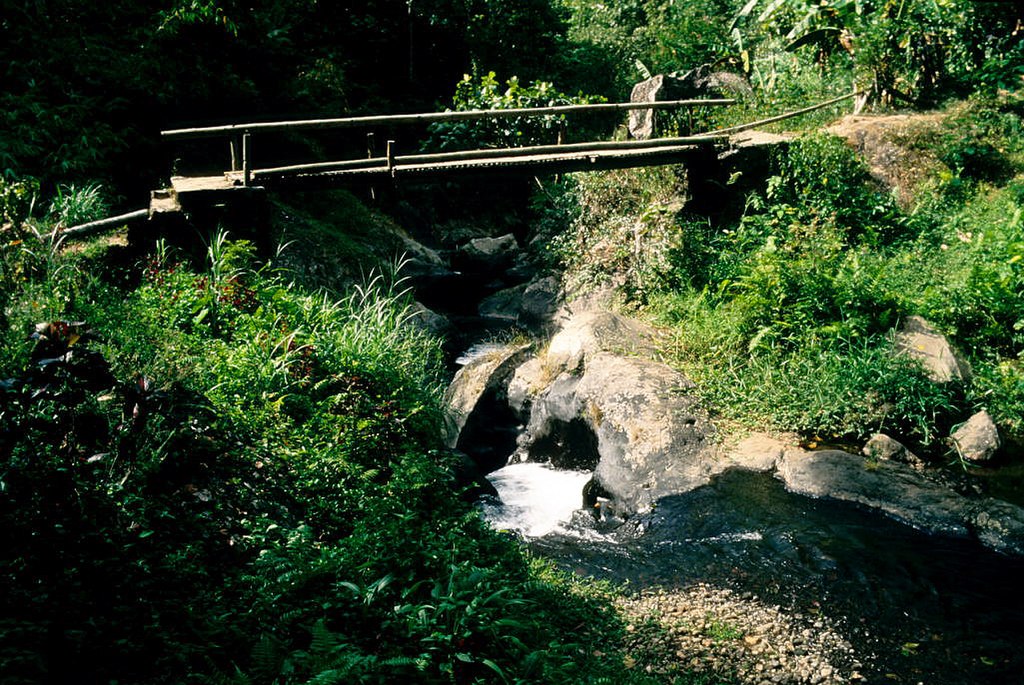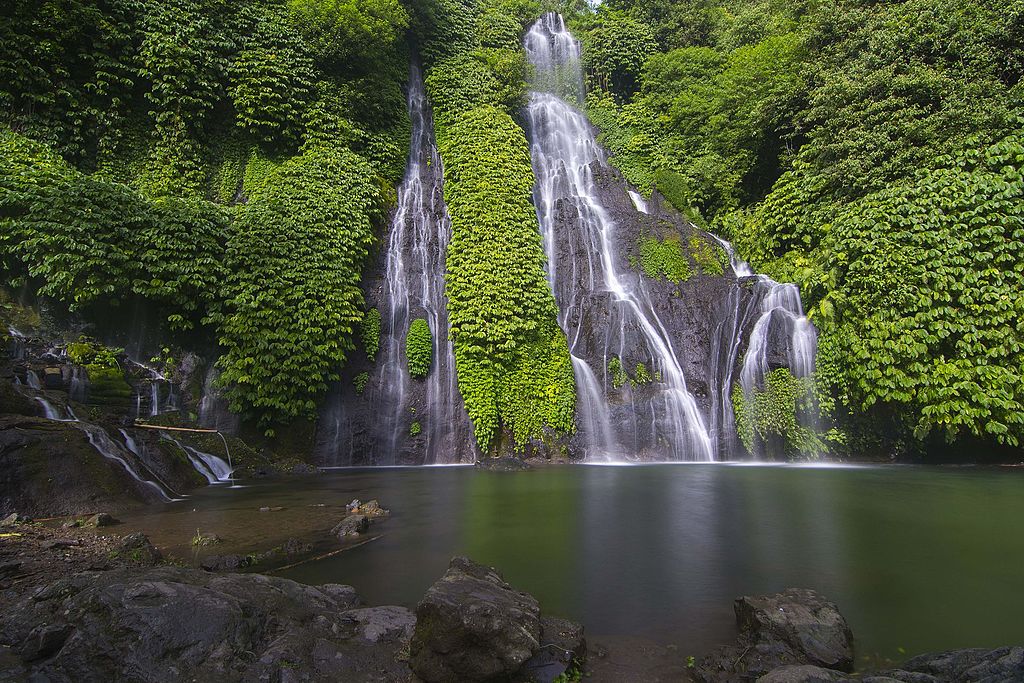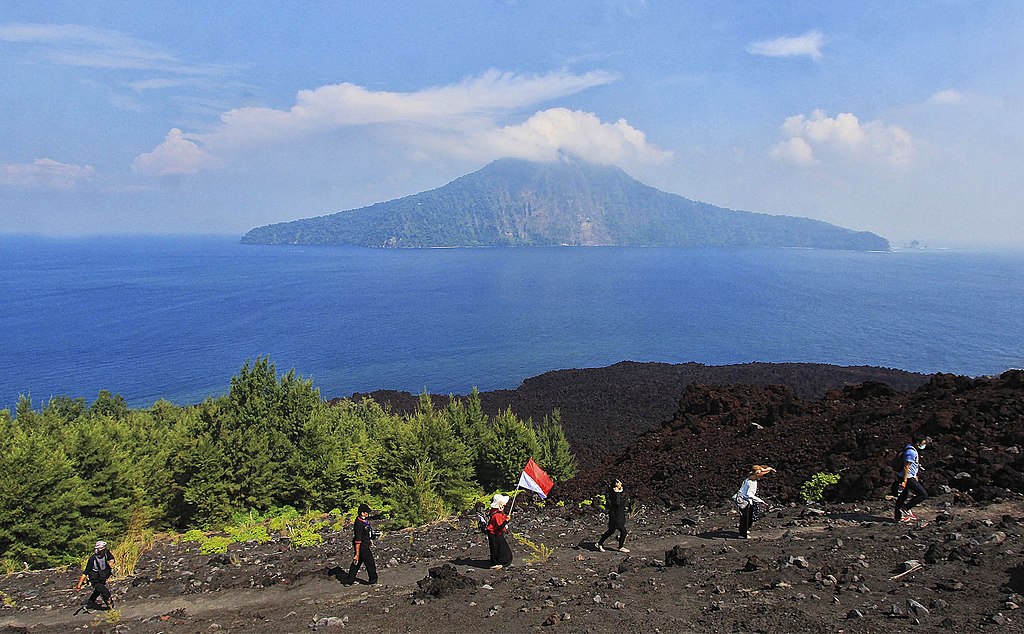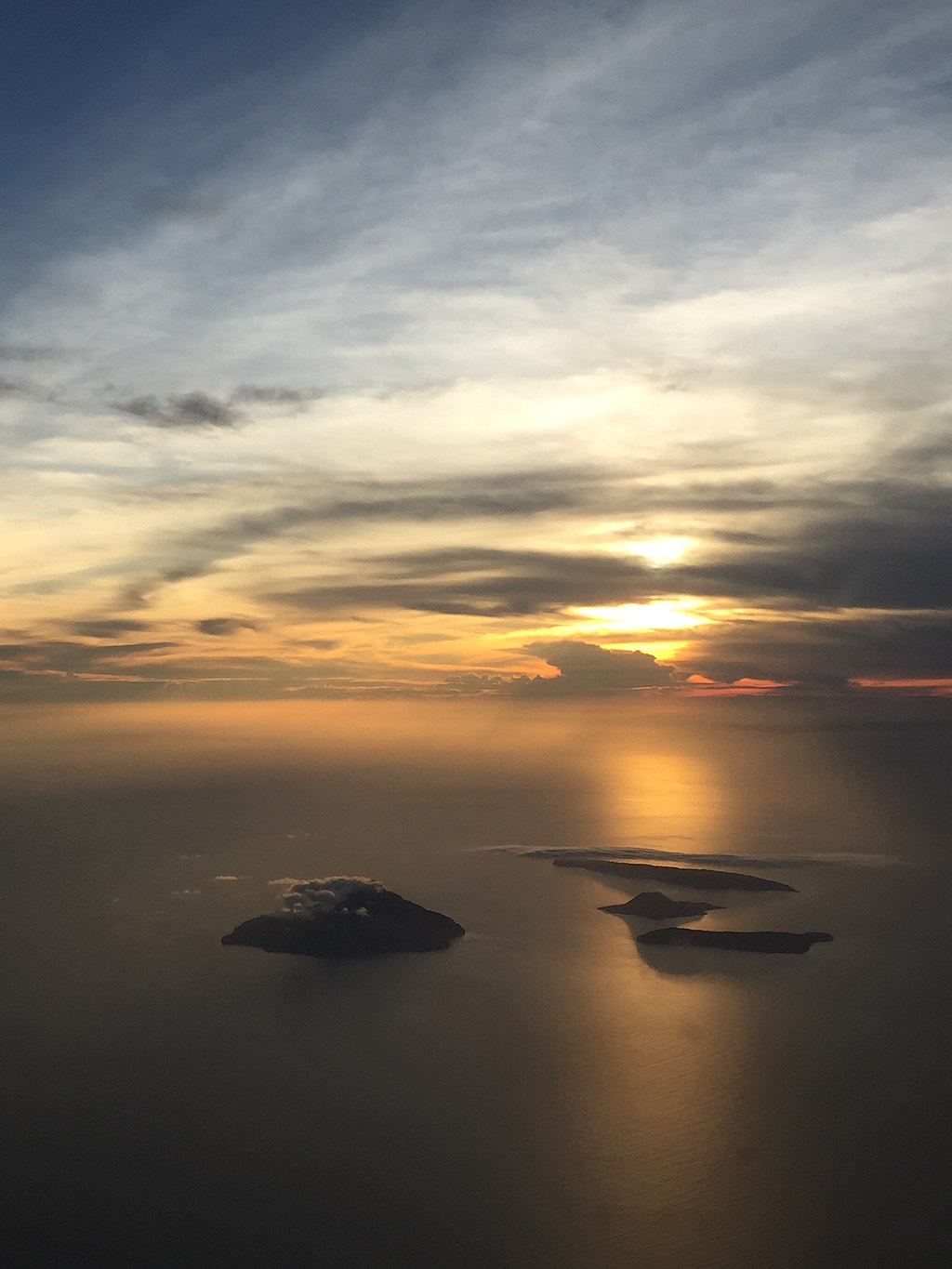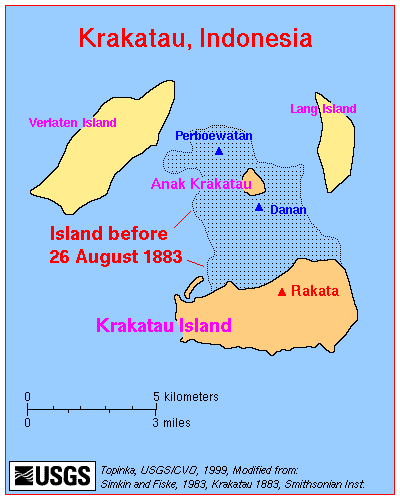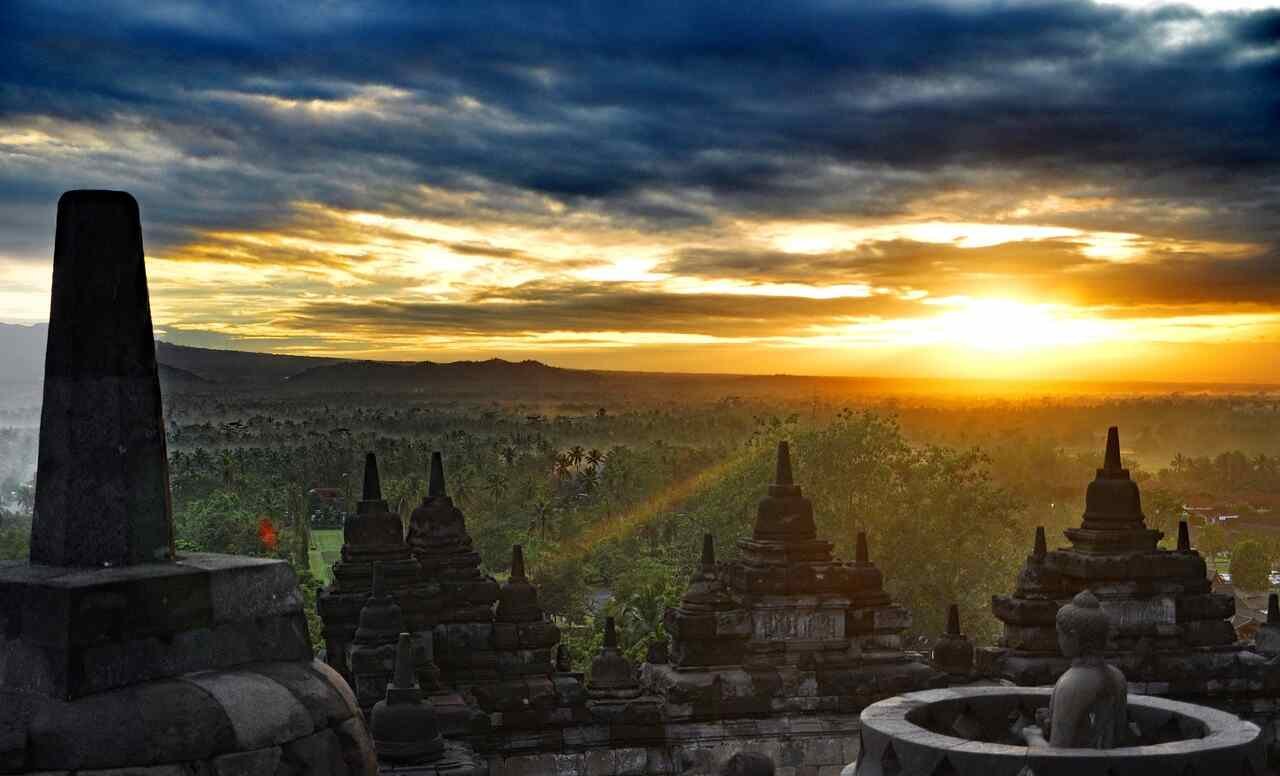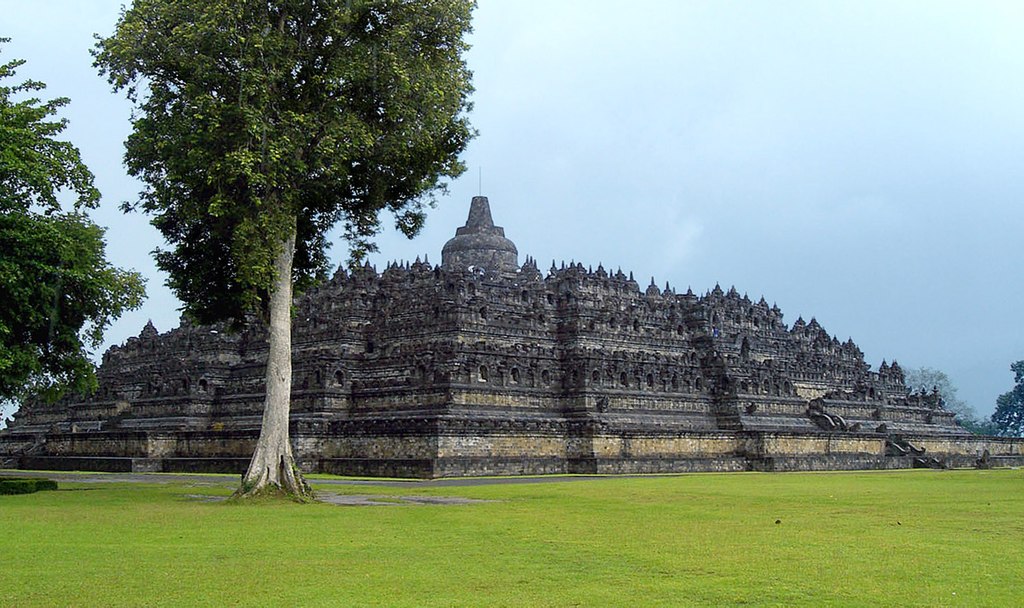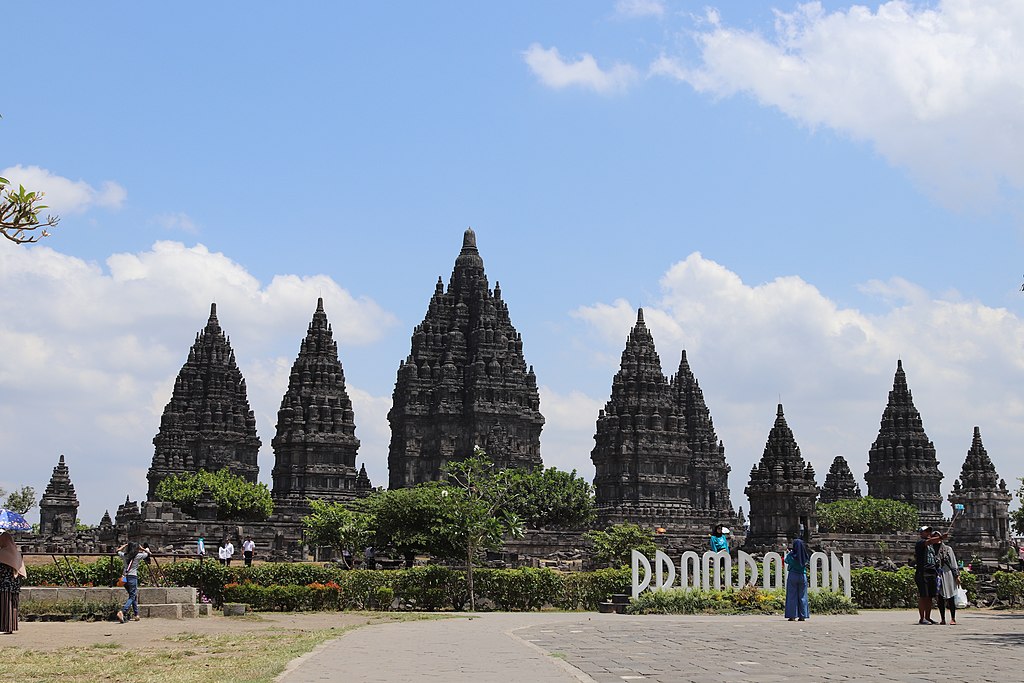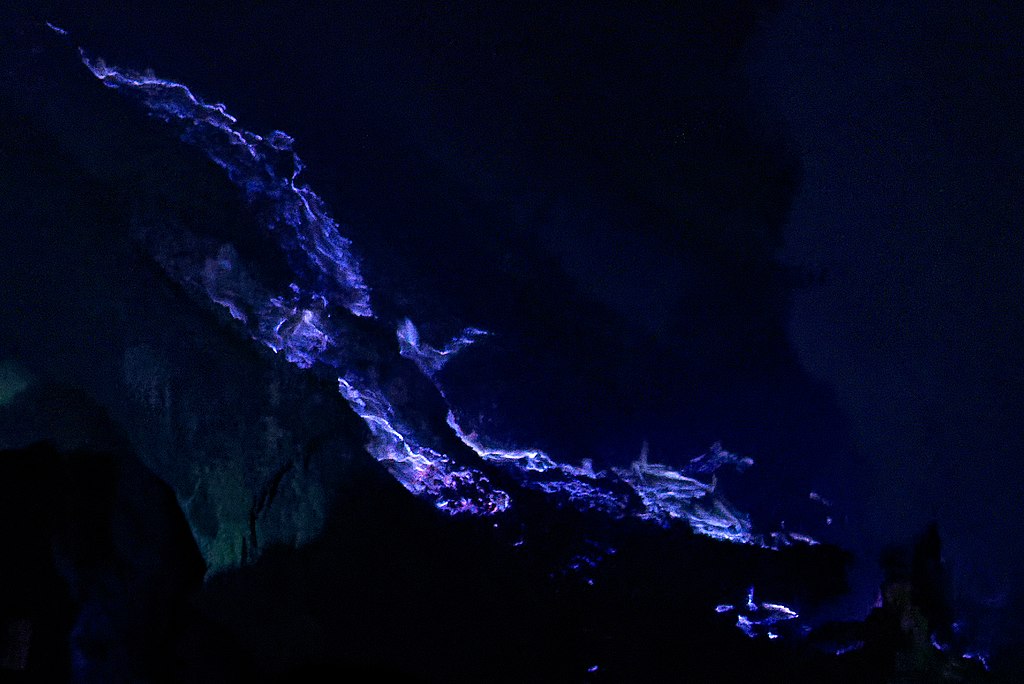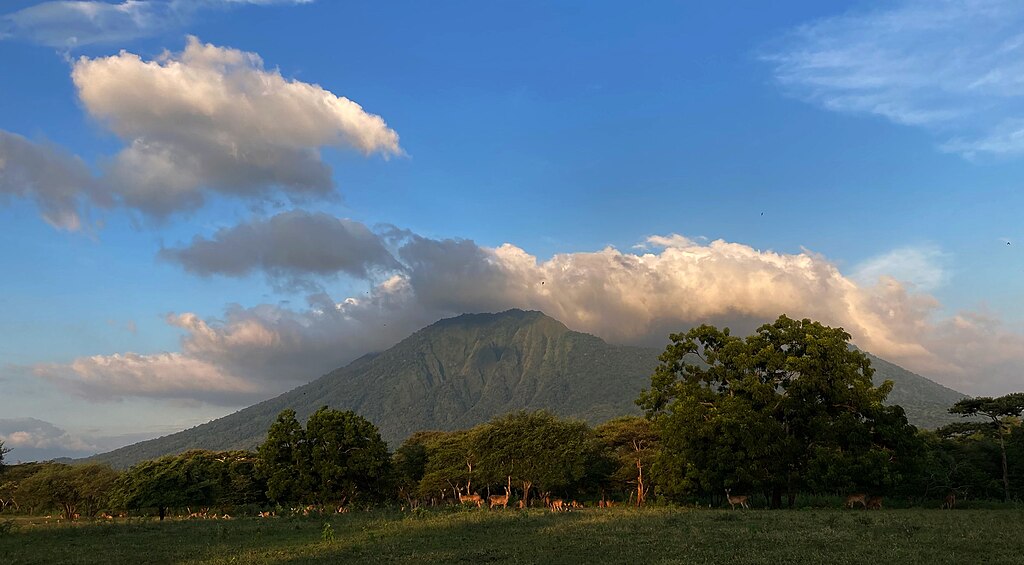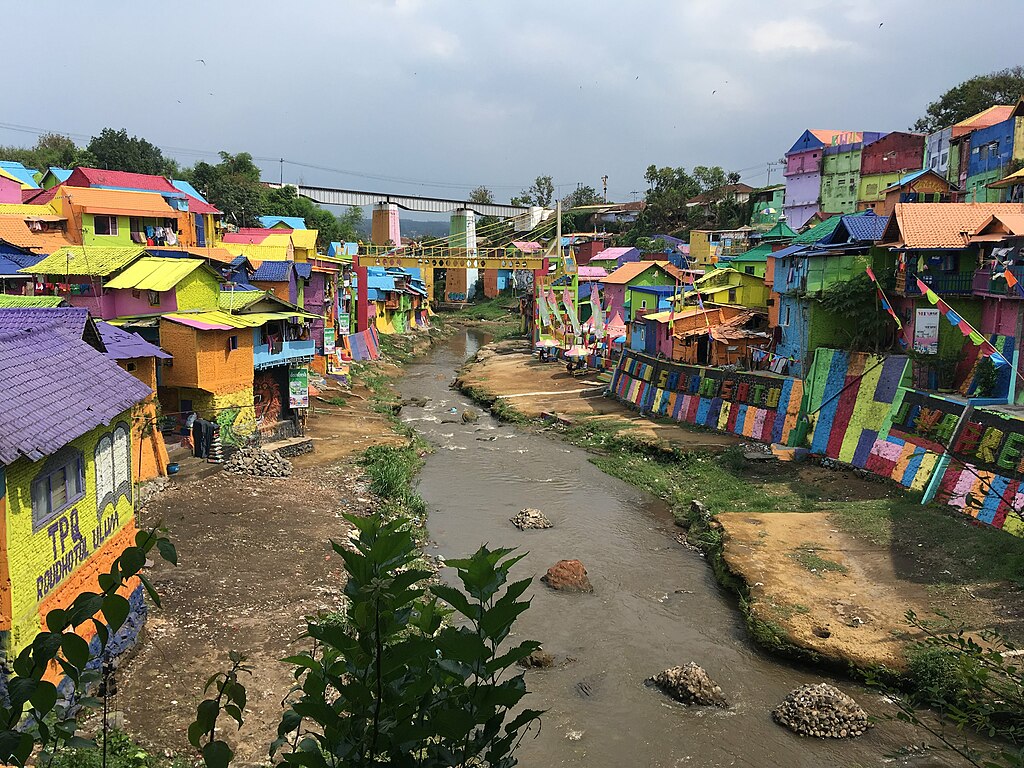From Bali to Raja Ampat (4 Kings) in West Papua
As Raja Ampat is an unspoilt natural area, all visitors must purchase a Raja Ampat Marine Park Entry Permit at the cost of IDR 1,000,000 (USD 67) per person, valid for one year. To purchase this permit, you can go to the Sorong Tourist Information Center, Waisai Port Office Ticket Office or UPTD KKPD Office in Waisai. There is no direct flight from Bali to Raja Ampat (Bali Ngurah Rai Airport to Sorong Airport in West Papua). The fastest flight lasts 7h 30m and includes a stopover. Once in Sorong, take the ferry a round 2 hours. Raja Ampat is a destination that has to be earned: it’s long, it’s expensive, it requires planning well in advance.
Do you dream of going to Raja Ampat, the Archipelago of the Four Kings? To dive into its turquoise waters full of fish? We summarize below in many points the things to know before leaving, and the useful information to prepare your trip… Raja Ampat is listed in UNESCO Global Geopark.
A trip to Raja Ampat requires you to behave as a responsible visitor. Tourism, which is booming in these Indonesian islands, is jeopardizing one of the most magnificent reservoirs of biodiversity on the planet.
Raja Ampat is one of the most magical scuba diving destinations imaginable! This archipelago is located in West Papua in Indonesia. Most of the islands are still unexplored and only a few liveaboards and dive centers offer scuba diving trips to Raja Ampat.
From Bali to Raja Ampat by plane
Know that no matter where you are, in Indonesia or elsewhere, you will have to go through Sorong (SOQ). It is the airport of entry to the region. And that’s where you have to land. Most of the flights have a stopover in Makassar (UPG: Ujung Pandang airport) in Sulawesi.
Example flights from Bali to Raja Ampat:
- Bali (DPS) >Jakarta (JKT) > Sorong (SOQ), then by ferry
- Bali (DPS) > Makassar (UPG) > Sorong (SOQ), then by ferry
Airlines from Bali to Raja Ampat:
Alternatively, there are ferries available to you from Sorong and Waisai and vice versa. The ferry ride will take about 2 to three hours.
- As the main hub to Raja Ampat, Domine Eduard Osok Airport in Sorong (SOQ) serves flights to a number of major cities in Papua and Indonesia including Manokwari, Jayapura, Ambon, Makassar, Manado and Jakarta.
- Garuda Indonesia operates daily flights between Jakarta-Sorong. As is the case with Sriwijaya Air and Nam Air, where Batik Air flies twice a day between Jakarta and Sorong.
- So that the trip does not cost money, we should go in groups, at least 8 people. That way the cost of renting a boat will be cheaper. Here we don’t need a car rental, but a boat rental is quite expensive. This expensive motorized boat rental in Papua is due to the scarce supply of fuel prices and sometimes the price is always changing.
- There are 2 types of boats used to get around the Raja Ampat islands, motorized fishing boats and speedboats. Rent a motorized fishing boat with a capacity of 2 to 3 people for IDR 1,300,000 to IDR 1,500,000 per day (USD 88 – USD 100). Rates for speedboats with a capacity of 8 to 10 people are IDR 3,500,000 to IDR 4,000,000 (USD 235 to USD 270) per day (including fuel). The rate for this boat rental depends on the price of fuel at that time in Waisai.
The public ferry from Sorong to Waisai
For the transfer, we recommend our guests to use the public ferry, which is the most affordable and environmentally friendly option. Waisai is the capital of the Raja Ampat Regency.
– The ferry terminal (“Pelabuhan Rakyat” in Bahasa Indonesia) is located just 15 minutes by car from Domine Eduard Osok Airport in Sorong.
– The fast ferry is operated by the company “Bahari Express” and departs for Waisai twice a day at 9am and 2pm (except public holidays).
– The trip takes about an hour and a half and the ferry offers VIP and economy cabins, equipped with air conditioning, television, toilets and a small cafeteria.
– The ferry from Waisai to Sorong departs simultaneously, twice a day at 9am and 2pm.
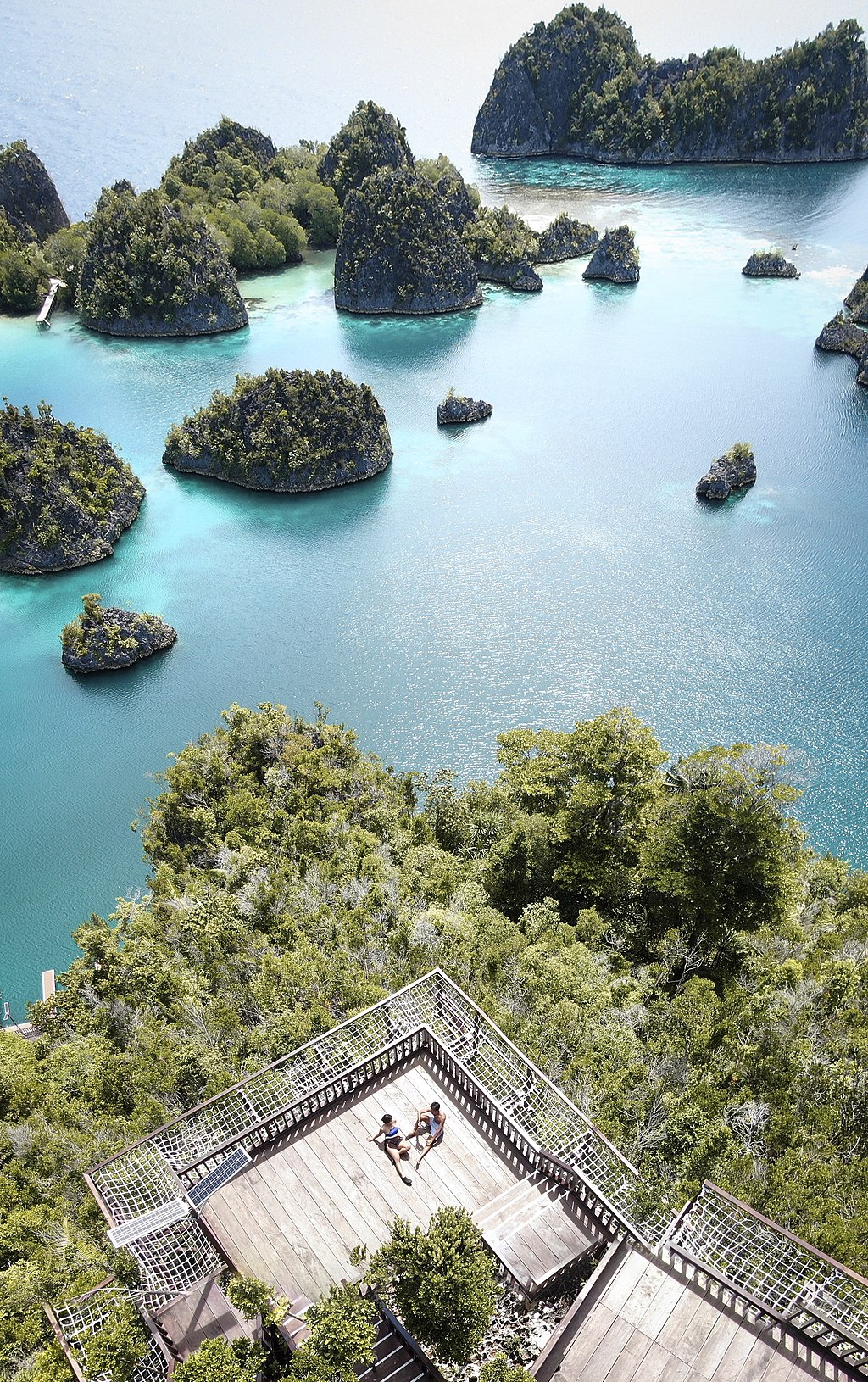
Raja Ampat is renowned for its natural beauty and rich marine biodiversity. Its numerous islands and vibrant underwater life make it a top destination for nature enthusiasts and divers alike. Nickoasmara, CC BY-SA 4.0, via Wikimedia Commons
When to visit Raja Ampat?
The best time to visit Raja Ampat is during the dry season from October to May. Despite the dry season, due to the tropical climate, there can sometimes be unexpected showers, although these are much less frequent than during the rainy season. But in any case, the weather is good all year round on the Raja Ampat islands, so don’t worry too much about the sun!
Also, the period from October to May is ideal for diving enthusiasts. The swell will be less strong, which will make it easier to navigate the waters, and this is also the period when you will have the best chance of swimming with manta rays.
How to get around the Raja Ampat islands?
First, the easiest way to get to your accommodation from Waisai Airport RJM (the capital of Raja Ampat) is to book a pick up with the hotel you have booked. Prices for a boat transfer vary depending on the distance between Waisai and your hotel.
Then you should know that it is quite difficult to move from island to island in the archipelago because, apart from the boat that makes Sorong-Waisai, there are no other regular connections provided by boats. The best is to book each trip by boat or fastboat with your hotel, or a dive center.
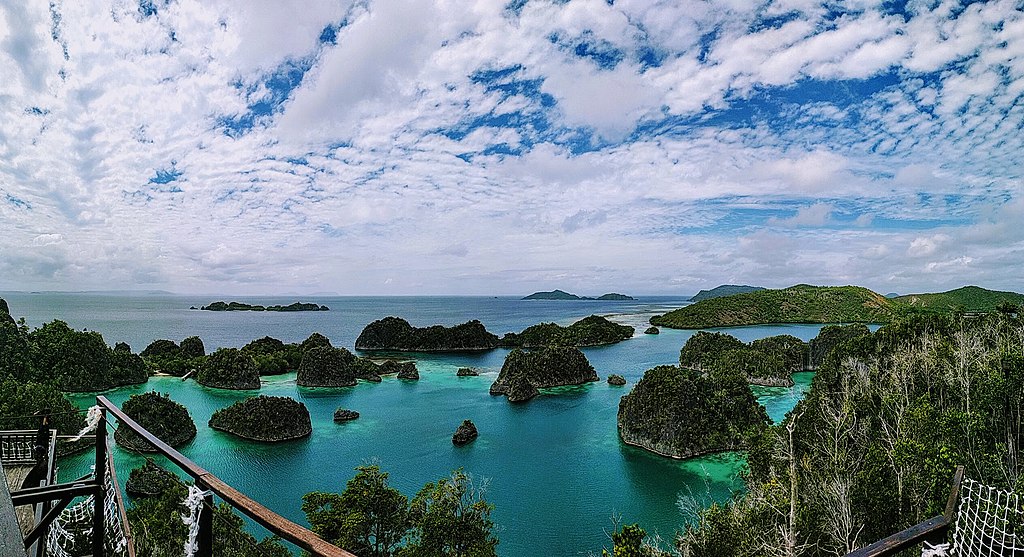
Piaynemo island is one of the most popular destination in Indonesia located in Raja Ampat Regency, West Papua Province. Irma Ade, CC BY-SA 4.0, via Wikimedia Commons
Things to do and see in the Raja Ampat Islands
There are so many amazing things to do and see in the Raja Ampat Islands, from diving and snorkeling to visiting local villages and exploring the stunning natural beauty of the area. Here are the most popular:
1. Swim with thousands of jellyfish in Lenmakana Lake (Misool Island)
At Lenmakana Lake, nature offers you the opportunity to swim with thousands of harmless jellyfish! Lenmakana Jellyfish Lake was reportedly discovered a few years ago.
As with many places in Raja Ampat, you will need to be in good physical shape and have some climbing experience to get here. The place is quite remote, so only locals can drive you there. It will indeed be necessary to climb the steep reef.
Our advice: the best time to visit the lake is around 1 p.m. when the water sparkles with its thousands of golden jellyfish floating near the surface. It is truly a unique experience that will amaze you!
2. The breathtaking view of Piaynemo and its 320 steps
If you’ve ever seen Indonesia’s new 100,000 IDR banknotes, the spectacular sight of Pianyemo must be familiar to you. And yes, it is the landscape of Pianyemo that you can see on this post!
Every landscape in Raja Ampat is amazing but Piaynemo is in my opinion one of the most spectacular. To really appreciate its beauty, you have to climb to a viewpoint to enjoy stunning views. You will have to climb the 320 steps to reach this famous point of view. But don’t worry, there are rest stations approximately every 100 steps 🙂
And once up there, the view is simply surreal, with varying shades of blue and turquoise, and breathtaking views of the myriad karst islands.
Remember to bring water and sunscreen!
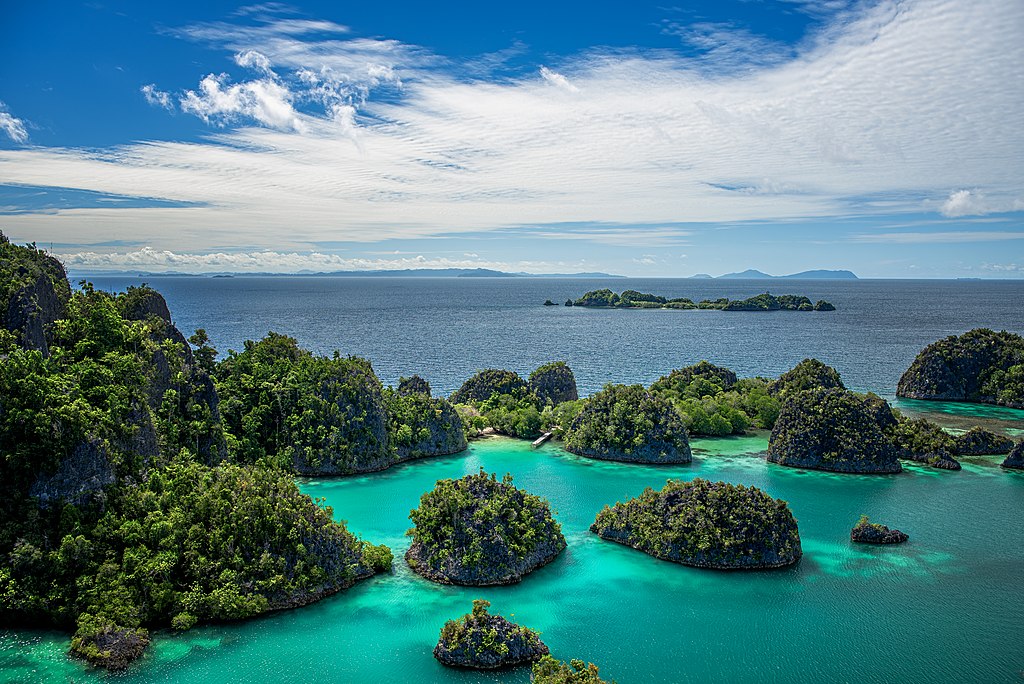
The Beauty of Piaynemo. The rock islets amidst the clear blue water and bright blue sky in Piaynemo offers some of the most spectacular sceneries on the face of the earth. Looking down from the top of the hill, it almost seems that Mother Nature painted her finest artwork and offers a glimpse of paradise. Rolandandika, CC BY-SA 4.0, via Wikimedia Commons
Piaynemo’s point of view
This point of view is surely the most visited attraction in Raja Ampat, many homestays offer this outing!
It is surely a visit not to be missed because when we think of Raja Ampat then we think of these rock formations enthroned in the middle of turquoise blue water. The viewpoint is very well laid out, a large staircase and wooden platforms allow you to observe this beautiful panorama.
There are 2 viewpoints to admire Piaynemo (the towers usually only visit one) and a 3rd to observe a star-shaped lagoon (Bintang). So if you want to see everything on site, do not hesitate to ask your guide!
To get there you have several options:
- Your homestay offers this activity and you want to be in a small group, count around IDR 5,000,000 by boat from Kri, Gam or Arborek.
- Your homestay does not offer this outing or you want to join a group to pay less. You will then have to go to a larger homestay or ask your accommodation to find you a place for a ride, you may be able to get away with it for IDR 1,000,000 or less per person depending on the number of people. on the boat.
- You want to see the viewpoint and dive around, then you can do that with a dive center. The Yenkoranu on Kri offers this type of outing once or twice a week depending on the number of people interested. Then count IDR 1,500,000 per person (without the dives, you can decide how many you want to do during the day) for the day, the meal is included.
- Once arrived at the Piaynemo viewpoint there is an entrance fee to pay (and yes the 1,000,000 of the entry permit does not cover everything) of IDR 300,000 per boat. Either this amount is already included in the price you pay per person, or you will have to pay it when you arrive. Remember to ask your guide about it before you leave.
And if not you can go to Piaynemo from Rufas homestay for IDR 400,000 the boat + 300,000 per boat entrance fee, at 4 the price is therefore much softer! Rufas homestay is located 5 minutes by boat from Piaynemo, hence the low price (which we think could be even lower given the short distance).
Entrance fee: IDR 500,000 by boat, IDR 300,000 by speedboat (including Telaga Bintang)
Address: Groot Fam, Saukabu, Raja Ampat Islands, Raja Ampat Regency, West Papua, Indonesia
Diving at Piaynemo
Explore and see the most biodiverse waters in Piaynemo, filled with action and diving adventure.
Overall, the best season to dive in Raja Ampat is from October to May. It is during this period that you can dive to the North and South (Misool). You will also benefit from the best diving conditions and it is the season for manta rays.

Coral reef off of Piaynemo, an island in Misool District. Rizalubun, CC BY-SA 4.0, via Wikimedia Commons
3. The starfish-shaped turquoise lagoon: Telaga Bintang
Located just 5 minutes by boat from Piaynemo, this iconic star-shaped lagoon is commonly referred to as Telaga Bintang; (which literally translates to “starry lagoon”).
The lagoon is surrounded by lush tropical vegetation, towering limestone cliffs, and a variety of marine life, making it a popular destination for snorkeling, swimming, and photography. Visitors to Telaga Bintang can rent a boat to take them to the lagoon, where they can explore the crystal-clear waters and observe the colorful marine life, including coral reefs, tropical fish, and sea turtles.
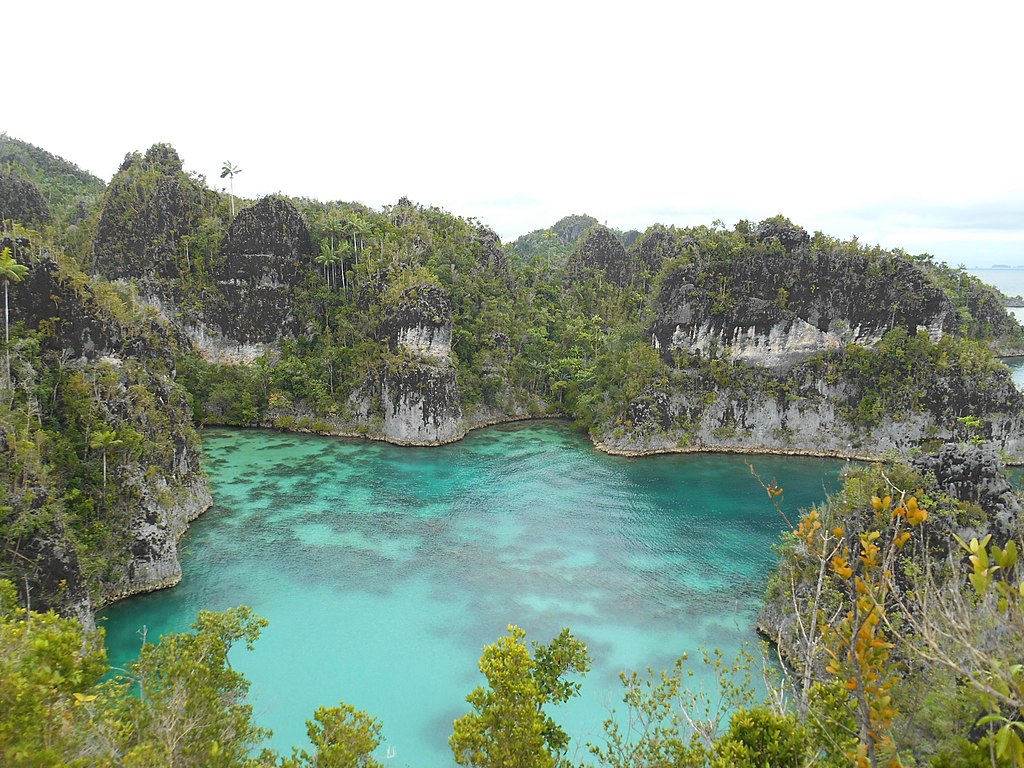
Telaga Bintang, Raja Ampat. The local people called it “Star Lagoon” because of it starred shaped looked from top of a hill. Heavy tourist activity on where this view was reached could damage the area without proper management. Caka komsary, CC BY-SA 4.0, via Wikimedia Commons
To admire this spectacular landscape, you have to climb a coral hill about 30 meters high which is not bordered by stairs or paths, but only by steep rocks. So you have to be very careful when doing the hike. But no worries, with good shoes (no sandals or flip flops), anyone can do it!
Entrance fee: IDR 500,000 by boat, IDR 300,000 by speedboat (including Telaga Bintang)
Address: Groot Fam, Saukabu, Raja Ampat Islands, Raja Ampat Regency, West Papua, Indonesia
4. Wayag Island and its breathtaking view
With breathtaking views, at every turn in Wayag you will find unspoiled beaches and those famous iconic karst islands scattered in the crystal blue ocean. The inhabited island of Wayag is a well-known icon of Raja Ampat.
Prepare proper hiking gear (shoes, thick hiking pants, gloves) as you will have to climb a hill of sharp corals. Don’t forget to bring enough water, food and a change of clothes.
If trekking and rock climbing aren’t your thing, you can still enjoy the white sandy beaches and crystal clear waters around the islands while snorkeling or diving!

Wayag island is the most popular tourist destination in Raja Ampat. The view here is guaranteed to stun you. Rows of coral covered in green trees in the middle of the blue sea make this tourist location so beautiful. To get a view like this requires an extra struggle by climbing a fairly steep cliff. Rolandandika, CC BY-SA 4.0, via Wikimedia Commons
How to get there: Located northwest of Waigeo, Wayag will take you over 300km round trip from Waisai. There is no host family or accommodation at Wayag. So if you want to visit you will have to prepare for a long trip that will take you at least a day
Address: west Waigeo, Raja Ampat Islands, Raja Ampat Regency, West Papua, Indonesia.
Wayag’s point of view
Wayag is an island located at the extreme north of Raja Ampat, it is the same type of rock formations as for Piaynemo but much larger and more impressive!
On the other hand, access is much more complicated, it takes about 4 hours to get there (from what we were told) so the prices are very high!
In any case, if you want to go there and you manage to join a group, it takes between IDR 10,000,000 and IDR 13,000,000 (USD 673 to USD 875) by boat from Kri, Gam or Arborek. The price is then divided according to the number of people in the boat, but beware some boats have small capacities.

The great atolls of Wayag. This is one of the highlight of my trip in Raja Ampat. We anchored the Phinisi boat we are going with to climb on one of the “mountain” . To see the view of the Phinisi from our point of view in the middle of the lagoon is another feeling that hits the spot in our core memory. Anggerasetiti, CC BY-SA 4.0, via Wikimedia Commons
We were also told of an entrance fee of IDR 1,000,000 (USD 67) per boat, which is either included in the overall price or payable on arrival. But we could not verify this information.
Just be aware that the viewpoint is not equipped with a beautiful staircase like Piaynemo, you have to climb the rocks a bit to admire the view but the site really seems to be worth it! You will therefore be very lucky if you can access it and enjoy this extraordinary view.
5. The village of Sawinggrai and its exotic culture
Sawinggrai is a village located on one of the 1,500 islands in Raja Ampat. This village is not yet well known, although Prince Albert of Monaco fell under his spell a few years ago!
The village is known for its unique culture and traditional way of life, which has been preserved for generations.
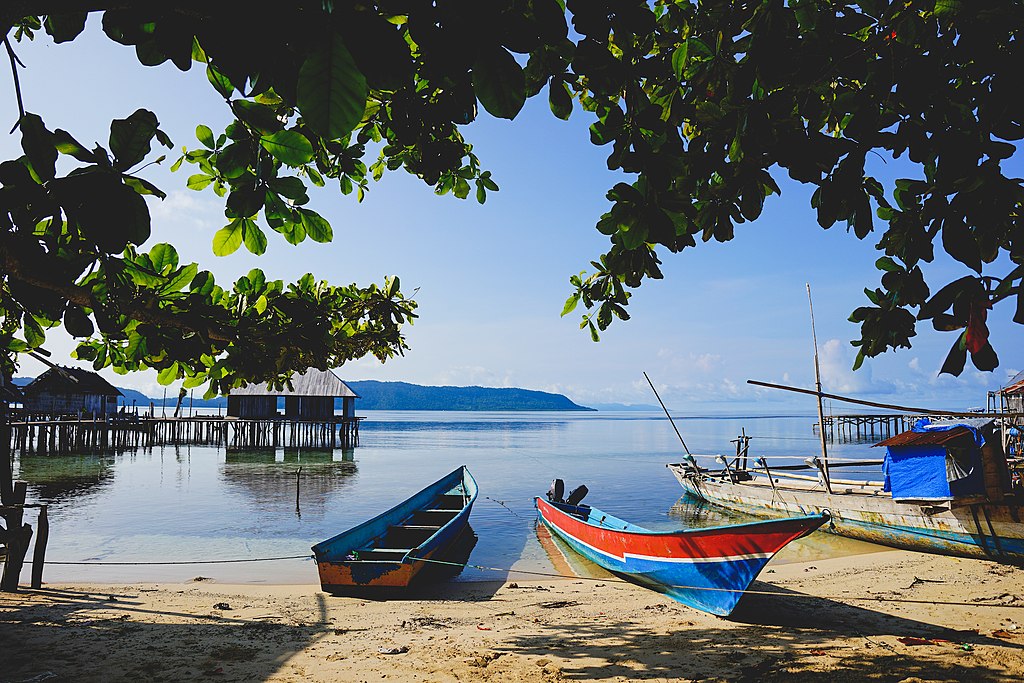
Boat used by locals in Sawinggrai Village’s beach, Raja Ampat. This photo was taken in Sawinggrai, Raja Ampat. Where the whole sea in these area are protected and have a rich marine diversity and lots of endemic coral reefs. Brizinsky T Juneanto, CC BY-SA 4.0, via Wikimedia Commons
Here you meet the cutest kids in the world, who live an idyllic lifestyle on the water – and that’s what makes the village so special. When you visit this fishing village, you will feel the hospitality of the locals. They might even sing and dance for you!
Address: MeosMansar District, Raja Ampat Islands, West Papua, Indonesia
6. A desert in the middle of the ocean: Pasir Timbul Island
In the middle of nowhere is this isolated circular island: Pasir Timbul Island. Only a few hours a day, when the tide is low, this small island rises out of the ocean. That is why they call it Pasir Timbul or “rising sand”. The combination of smooth white sand and turquoise water is spectacular.

Pasir Timbul island is located in the Raja Ampat Islands, and the moment the “embossed sand” depends on the weather conditions. GGgord, CC BY-SA 4.0, via Wikimedia Commons
What is strange is that this small island of sand is not washed away by the daily tides. If you time it right, you can even take a photo as if you were floating or walking on water.
Address: Mansuar District, Waigeo, Raja Ampat, West Papua, Indonesia.
How to get there: The easiest way to get there is to book a boat from the village of Arborek or Waisai, the capital of Raja Ampat. You can ask your resort or hostel to book it for you. Due to the water level, boats cannot get too close to the shores of the sand island. From the point where the boat stops, you have to swim or walk.
7. Local dishes to try in Raja Ampat
Raja Ampat is known for its delicious and unique cuisine, and there are several local dishes that you should definitely try when visiting the area, such as Papeda (sago porridge), Ikan Kuah Kuning (yellow fish soup), Sate Ulat Sutera (silk worm satay), and Sayur Kuning (yellow vegetables soup).
In Raja Ampat, it’s not just mie goreng (fried noodles) or nasi goreng (fried rice) to try. In most homestays or resorts you will find a distinct food tradition, drawn from the seabed and the variety of sea and land cultures of this rich natural region.
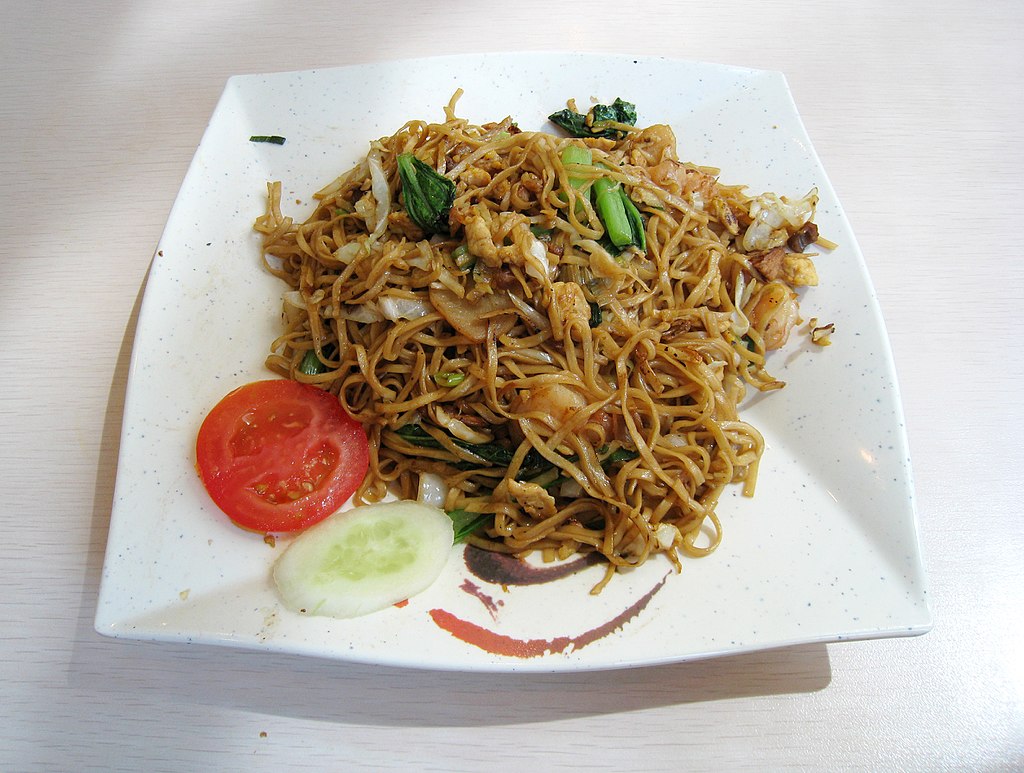
Mi Goreng (fried noodle). Gunawan Kartapranata, CC BY-SA 3.0, via Wikimedia Commons
The historical reliance on sago
The historical reliance on sago, cassava and taro roots as staples in Papua is still very strong, although rice introduced by the Javanese now predominates.
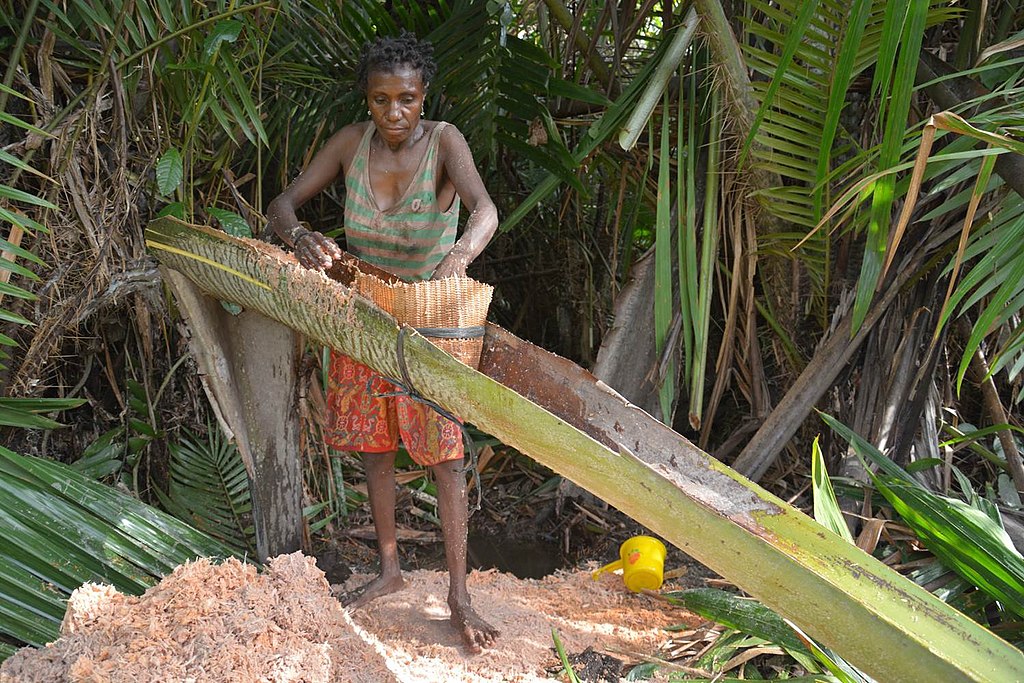
A Papuan woman extracts starch sago from the spongy center of the palm stems. Sago plant that produces the staple food for people in Eastern Indonesia. USAID Indonesia, Public domain, via Wikimedia Commons
Papeda, made from sago flour, is a very popular staple food in coastal villages. Preparing this unique food is relatively easy, just pour hot water into the sago flour, stirring it several times until it becomes thick and looks like glue. Leapeda is usually served with a sour and spicy fish soup with sambal (chilli) and squeezed lime to add flavor.
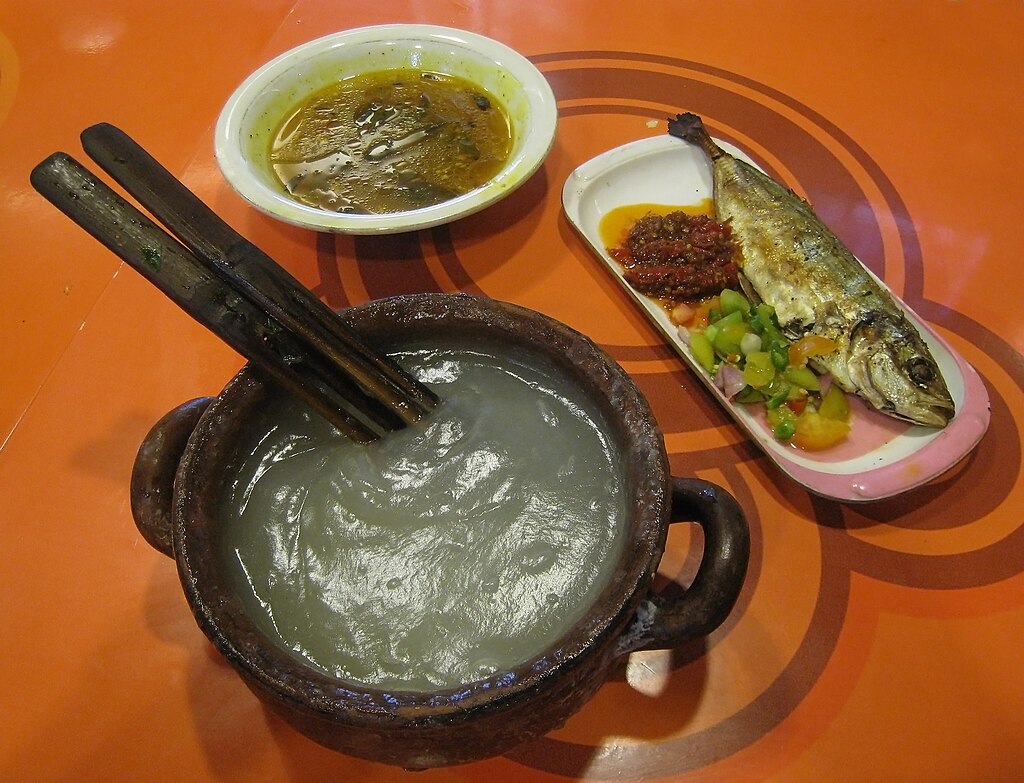
Papeda (sago congee), Kuah Kuning (yelow soup) and Ikan Tude Bakar (grilled fish) with Dabu-dabu and Rica sambal. The Eastern Indonesian meal; Papeda, the staple food of Eastern Indonesia have a glue-like consistency and texture. Gunawan Kartapranata, CC BY-SA 3.0, via Wikimedia Commons
Although lobster is considered an expensive food in many parts of Indonesia, you can easily find it here at an affordable price.
Lobster and “ikan bakar” (grilled fish)
The ‘Ikan Bakar’ (grilled fish) may not be unique to Raja Ampat, but it’s freshly caught from the sea and grilled to perfection over coconut coals, so it’s especially good here.
Finally, coffee lovers must try the famous coffee from Papua, which has a very pronounced aroma and a delicious flavor.
8. Prehistoric paintings on the Sumbayo & Sumalelen cliff walls and on Pef Island
There was a time when people wrote down history in the form of hand-painted paintings on the limestone cliffs. Considered to be among the oldest paintings in the world (40,000 – 50,000 years old), the paintings of Raja Ampat are the first evidence that our prehistoric ancestors were already artists.
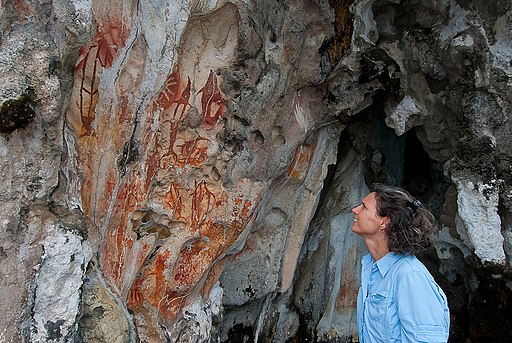
A tourist looks are rock art in West Papua, Bird’s Head Seascape. Bird’s Head Seascape / Jones/Shimlock / Secret Sea Visions, CC BY-SA 4.0, via Wikimedia Commons
To this day, some of these amazing paintings are almost as intact as when they were painted. You can find them at three locations – Pef Island, Sumalelen, and Sumbayo Cliff.
These paintings are most often reddish in color and mainly depict handprints, fish and geometric symbols.
Pef Island
Pef Island is one of the beautiful and serene islands located in the Raja Ampat archipelago, off the coast of West Papua. Visitors to Pef Island can also enjoy hiking through the lush forests, exploring hidden lagoons, and discovering local villages and their rich cultural heritage.
Address: Kabui Gulf, Meos Mansar District, Raja Ampat, West Papua, Indonesia.
Sumalelen & Sumbayo Cliff at Misool Island
Sumalelen and Sumbayo Cliff are two of the most popular tourist destinations on Misool Island, which is located in the southern part of the Raja Ampat archipelago in Indonesia.
These towering limestone cliffs offer breathtaking panoramic views of the surrounding turquoise waters and lush green forests. Visitors can also take a boat ride through the nearby caves and explore the rich marine life of the area by snorkeling or diving.
Misool Island is known for its pristine beaches, secluded coves, and diverse marine ecosystem, making it a paradise for nature lovers and adventure seekers.
Address: Misool Island, Raja Ampat, West Papua
9. Snorkeling with sea turtles and manta rays
If you have never done snorkeling, Raja Ampat is the perfect place to try! You will understand why Raja Ampat is called the underwater paradise, with the colorful reefs of Yenbuba, Friwen Wall, and all its aquatic creatures that you can swim with in the clear waters.
Snorkeling is an opportunity to discover marine life, swim with manta rays, brightly colored fish, turtles and admire the rarest corals in the world.

Saundarek is one of the villages in the Raja Ampat Islands, to be precise, on Mansuar Island. The local community really cares about the fish that are around the beach. If someone intentionally or unintentionally provokes the customary leader, he has the right to fine the angler. That’s why the fish here are very large and large. You can feed the fish with bread. With a depth of 1-5 meters you can see lots of fish. Oh yes, the Saundarek people are also very friendly, you can also visit churches or schools on the beach. Judianto, CC BY-SA 4.0, via Wikimedia Commons
10. Swing on the vines of Friwen Island and paradise beach
In the south of Waigeo Island, there is a small island called Friwen. The sandy bottom of the North side is ideal for dropping anchor. The tropical vegetation overlooks the crystal clear waters and a few ropes hanging from the trees above the water invite you to take a dip. Plastic pollution hasn’t quite taken up residence here yet and the seabed is phenomenal, especially along the coral wall of Friwen Bonda, Friwen’s little sister.

Iconic signboard to welcome guests in village of Friwen. Siharaditia, CC BY-SA 4.0, via Wikimedia Commons
Fun way to dive into the sea than by jumping from a vine
What more original and fun way to dive into the sea than by jumping from a vine? This swing made of a rope will allow you to make incredible photos for all those who have the courage to swing on it to jump into the sea! This rope swing is easy to handle and is very popular with local children and adults.

Corals near Pulau Friwen, Raja Ampat. Fabian Lambeck, CC BY-SA 4.0, via Wikimedia Commons
Renowned as a diving spot, Friwen Island offers a magnificent view with coconut trees, a white sand beach, and several huge trees that provide shade on a hot sunny day. It has a variety of fish and beautiful corals.
There are also warung (cheap restaurant) around the beach to taste good local dishes 🙂
Swinging on the vines of Friwen Island and visiting Paradise Beach in Raja Ampat offer visitors the opportunity to experience the natural beauty and unique culture of the region in a truly unforgettable way.
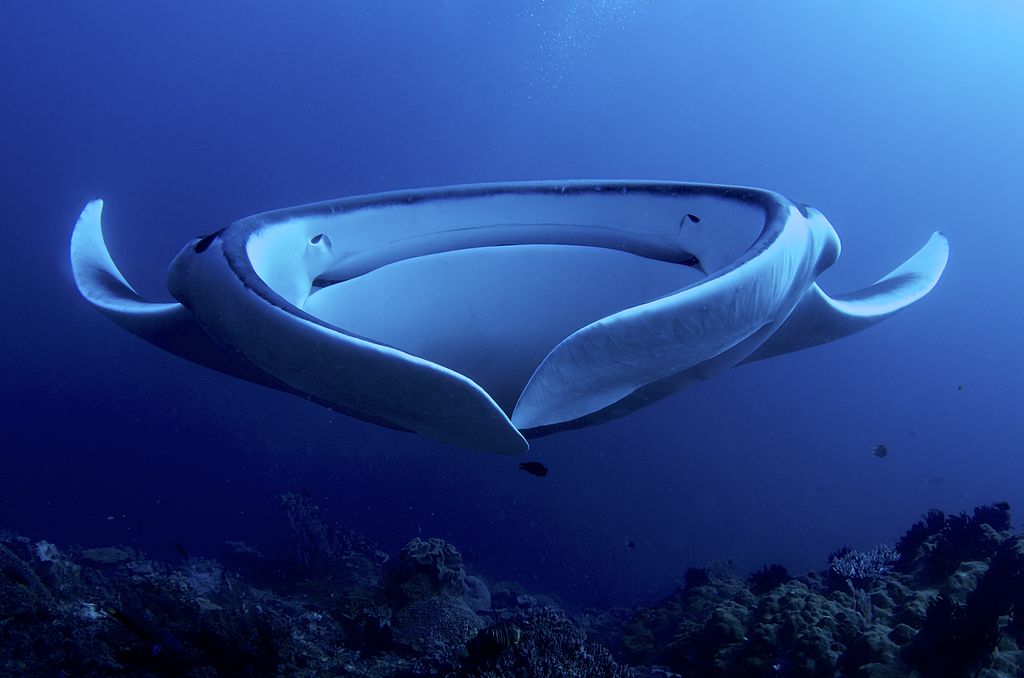
Front of a giant manta ray (Manta birostris) filter feeding. These huge animals (with a wingspan of up to 7 meters) swim in the strong current slowly flapping their ‘wings’ (pectoral fins) with amazing elegance. Raja Ampat, Southwest Papua, Indonesia. Arturo de Frias Marques, CC BY-SA 4.0, via Wikimedia Commons
Address: South Waigeo, Raja Ampat Regency, West Papua, Indonesia.
Sources: PinterPandai, CleverlySmart, The Round the World Guys
Photo credit: Sfw_2503 (CC BY-SA 4.0) via Wikimedia Commons
Read also:
- Itinerary in Bali, Lombok and Gilis in 3 Weeks Stay
- From Bali to Komodo | Complete guide to visit the Komodo Islands in Flores, Indonesia
- MEDICINES IN BALI | Preparing for your trip to Bali
Must See Places in Indonesia | A Guide to the Country’s Best Attractions to Explore and Discover
Have you booked your villa in Seminyak center?
Located in Seminyak Center – Bali, Villa Carissa offers a private swimming pool and enclosed garden to guarantee your privacy. You can book your private pool villa here with us.
Whether you’re traveling with family, friends, or on a romantic getaway, villa Carissa in Seminyak center offers the perfect base for exploring Bali’s many attractions and enjoying a relaxing vacation.


